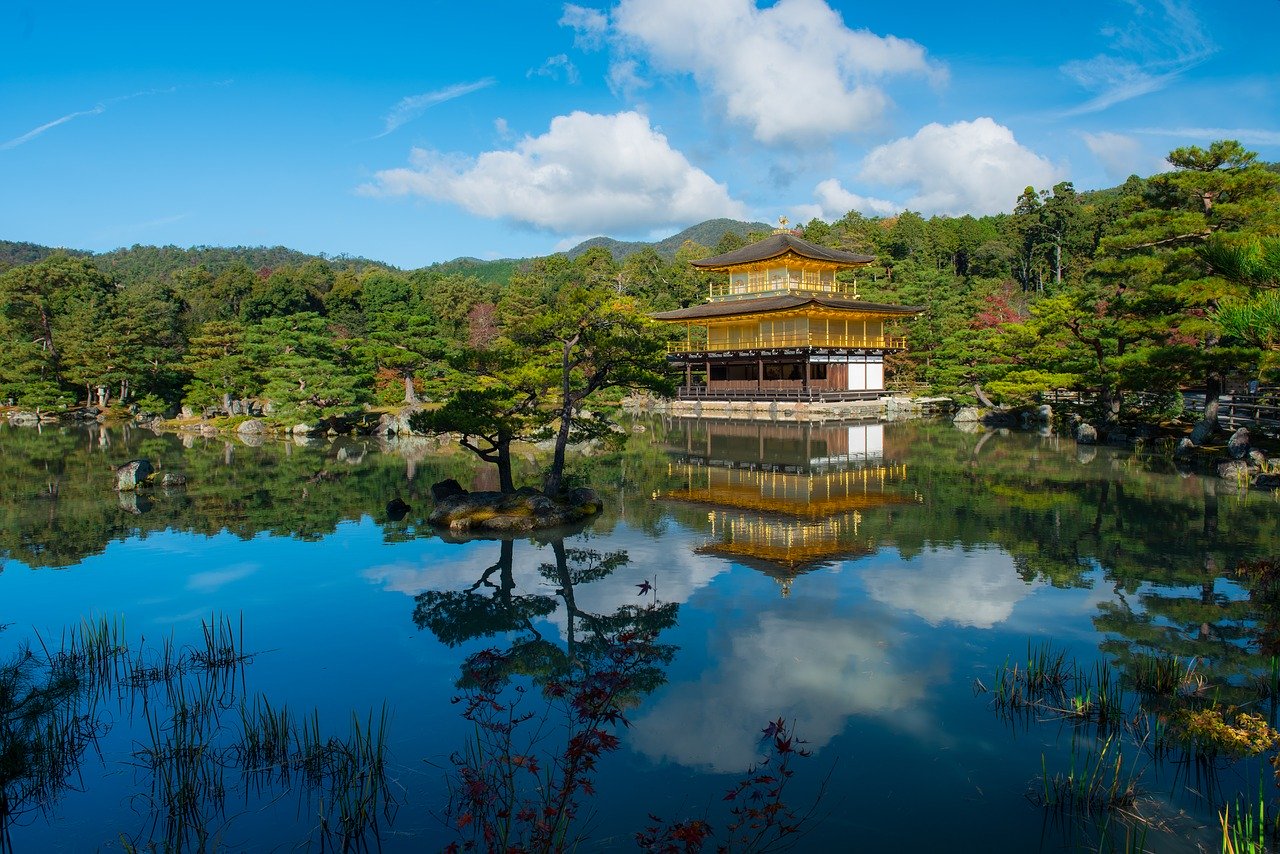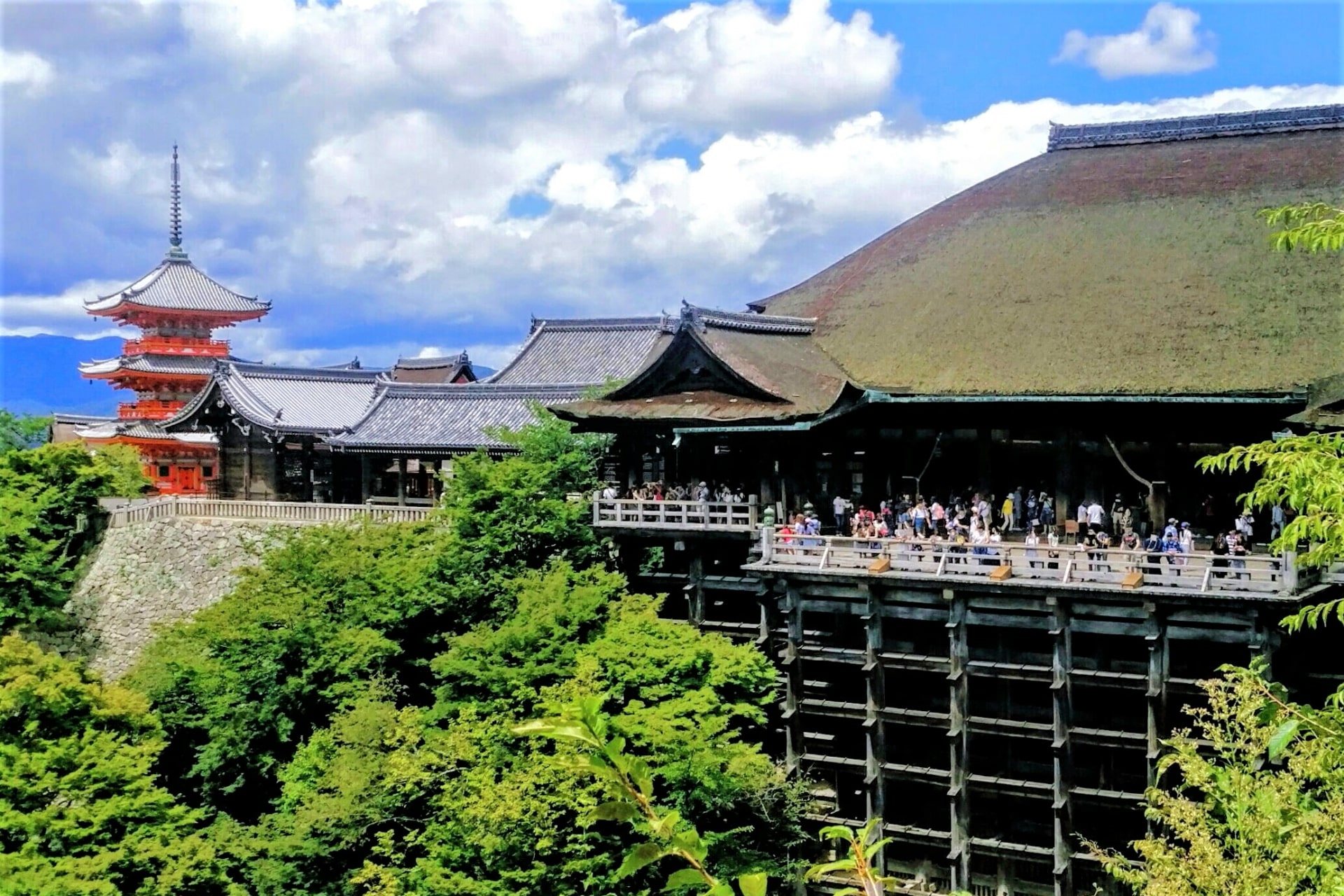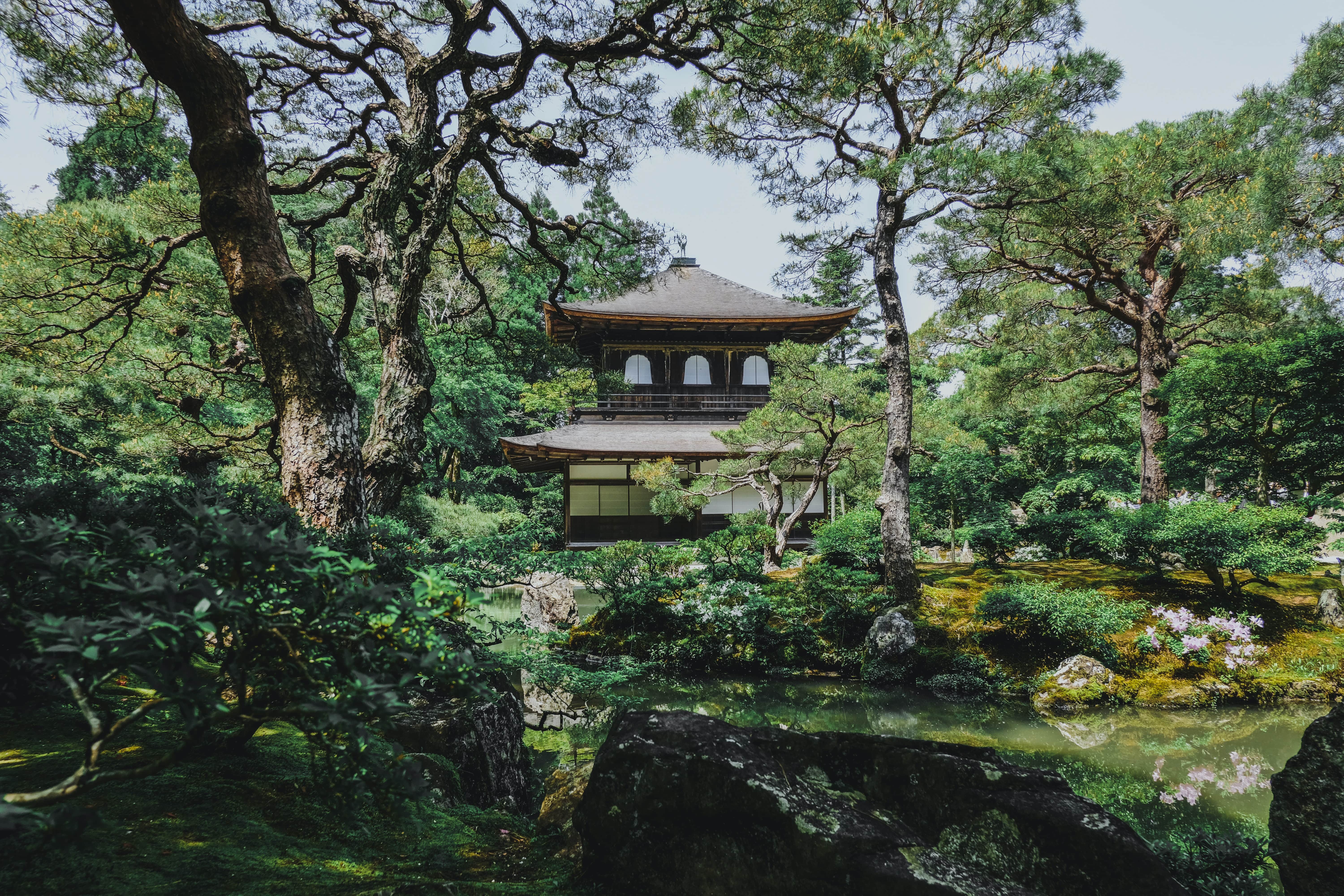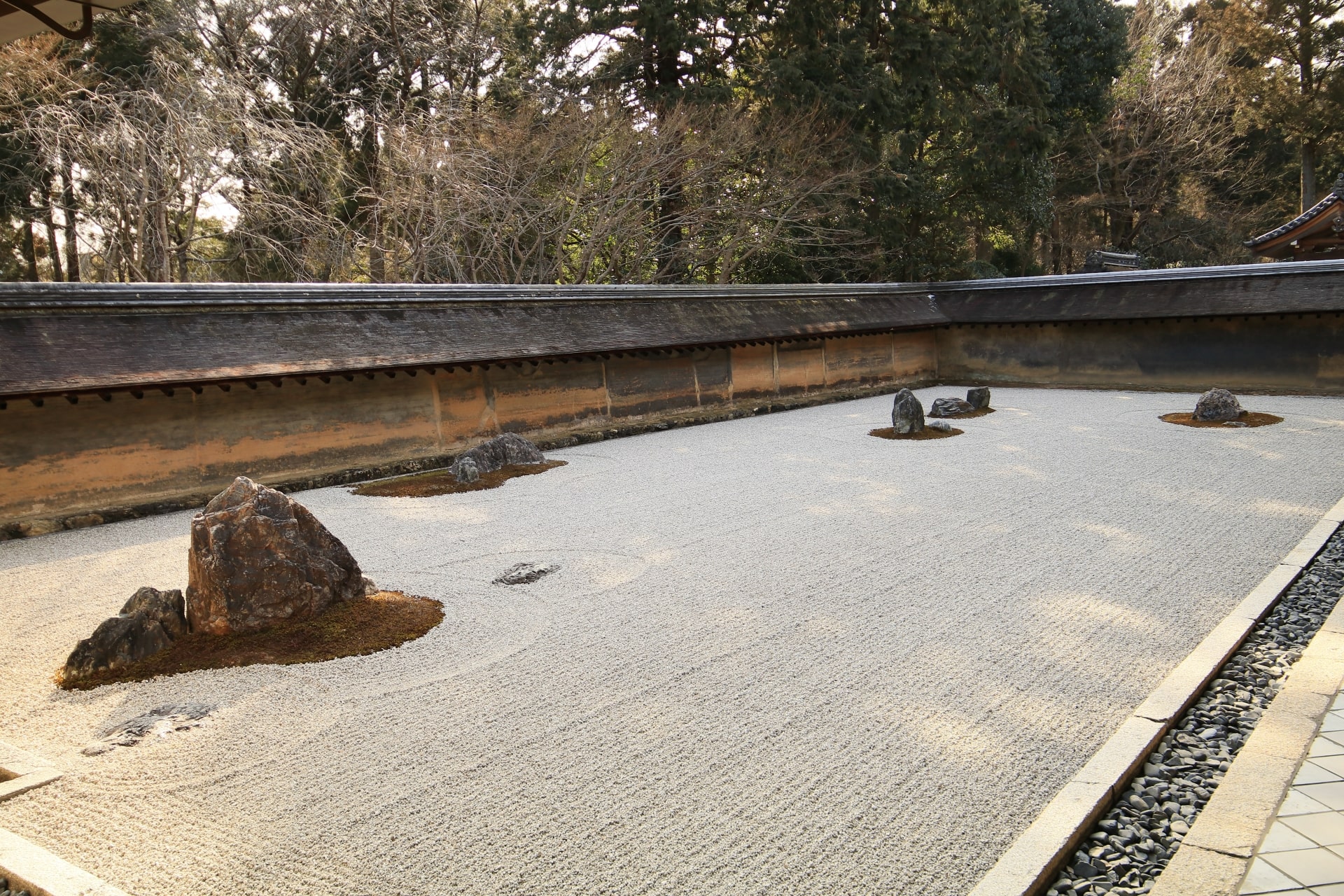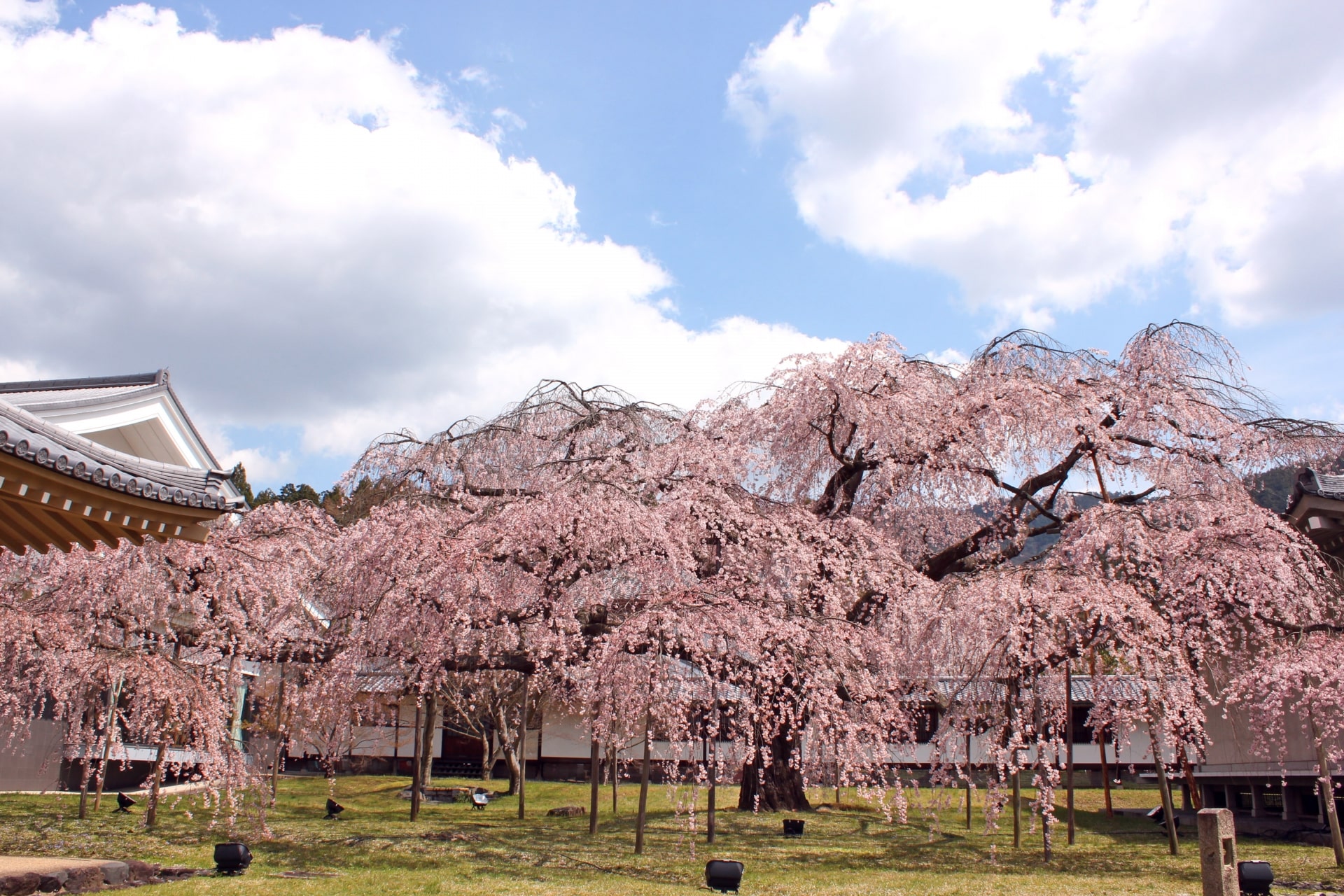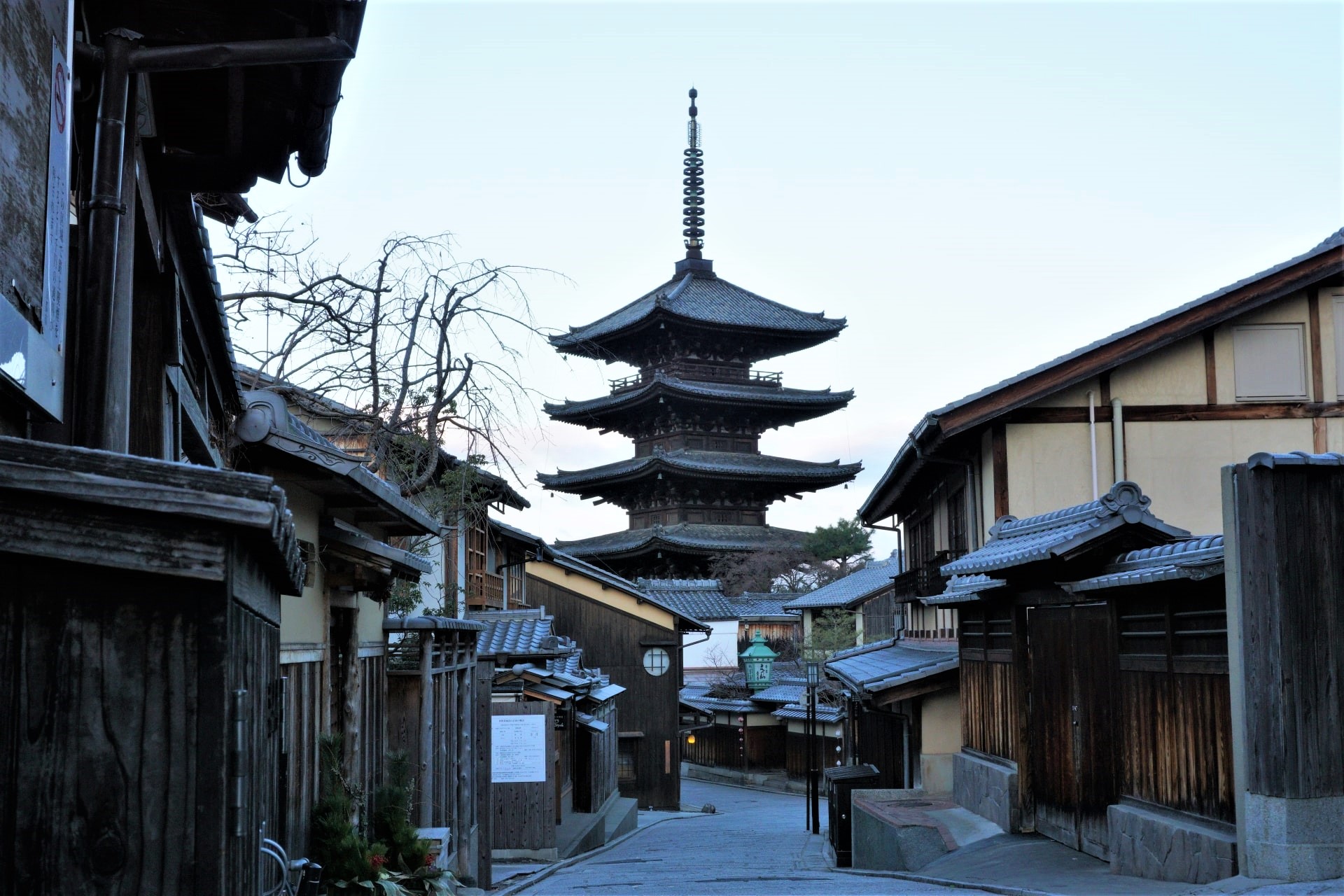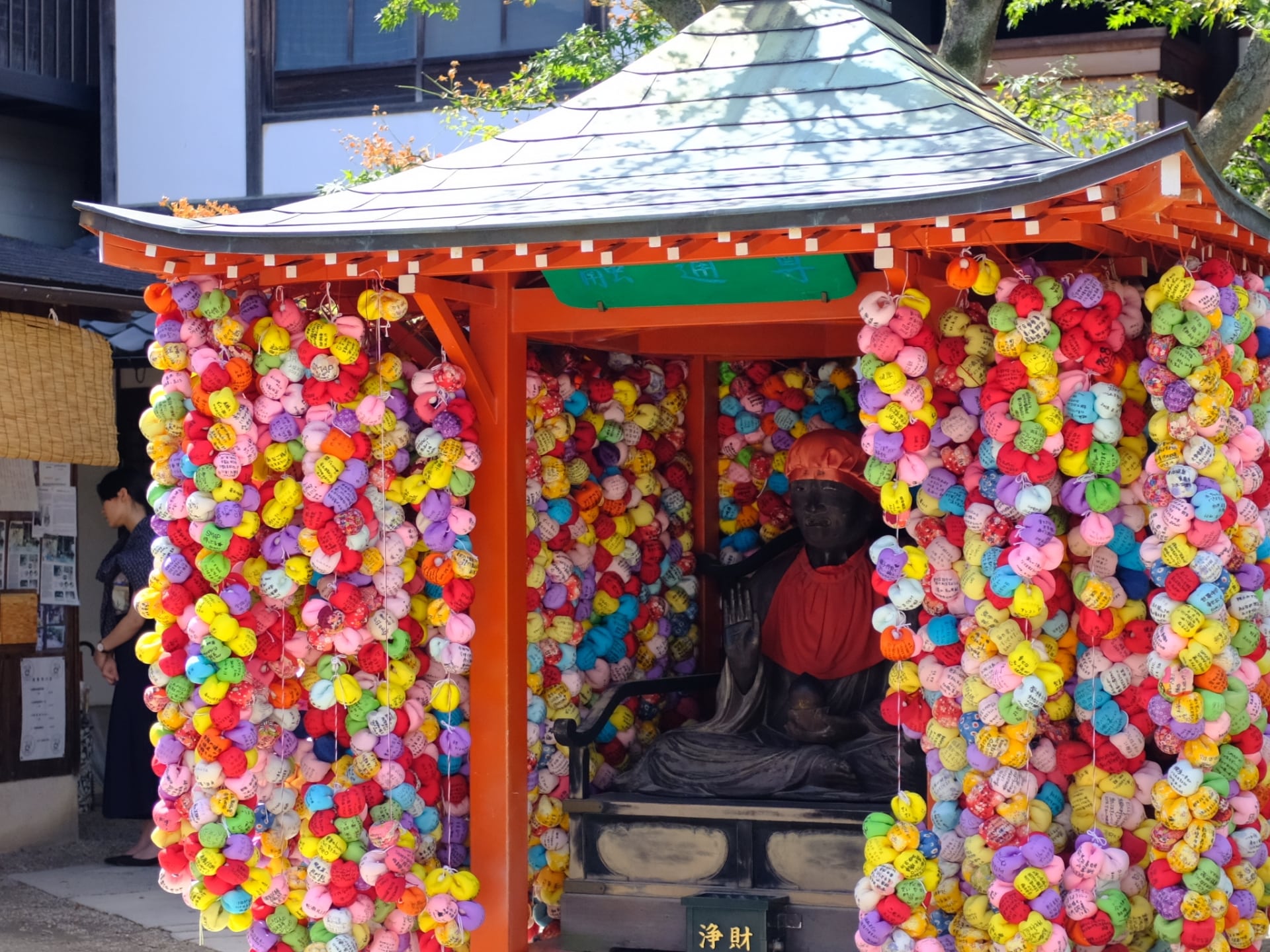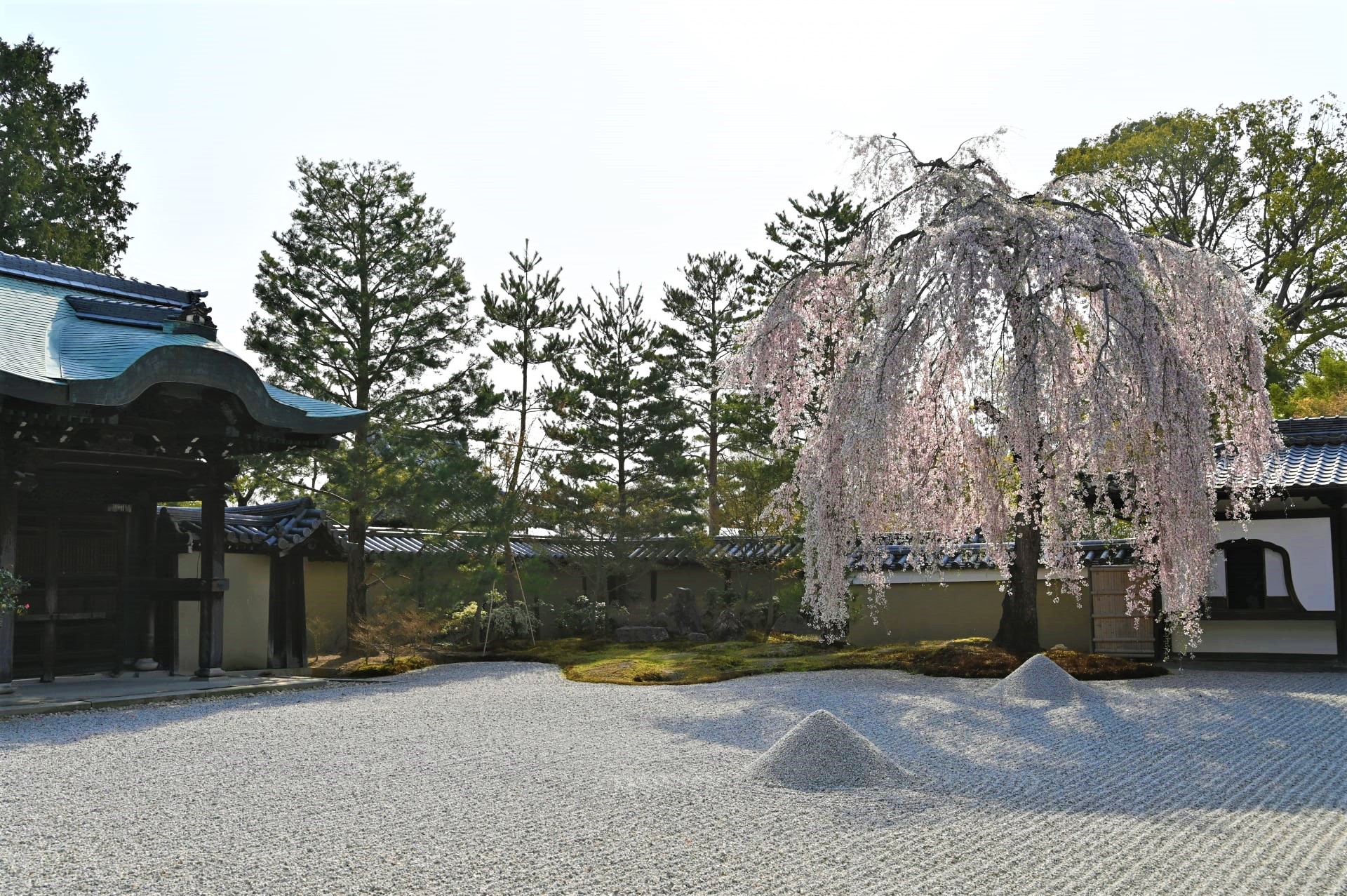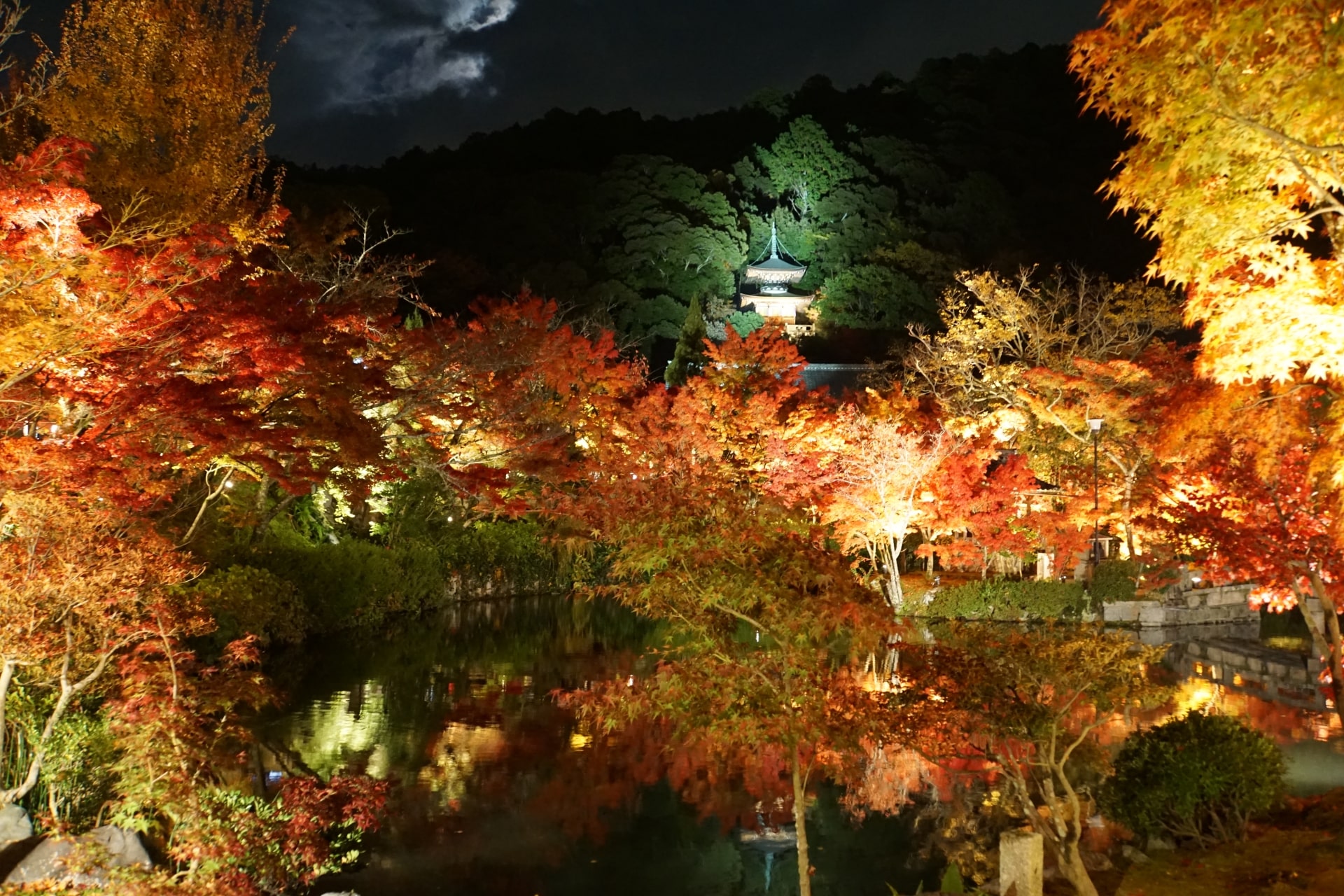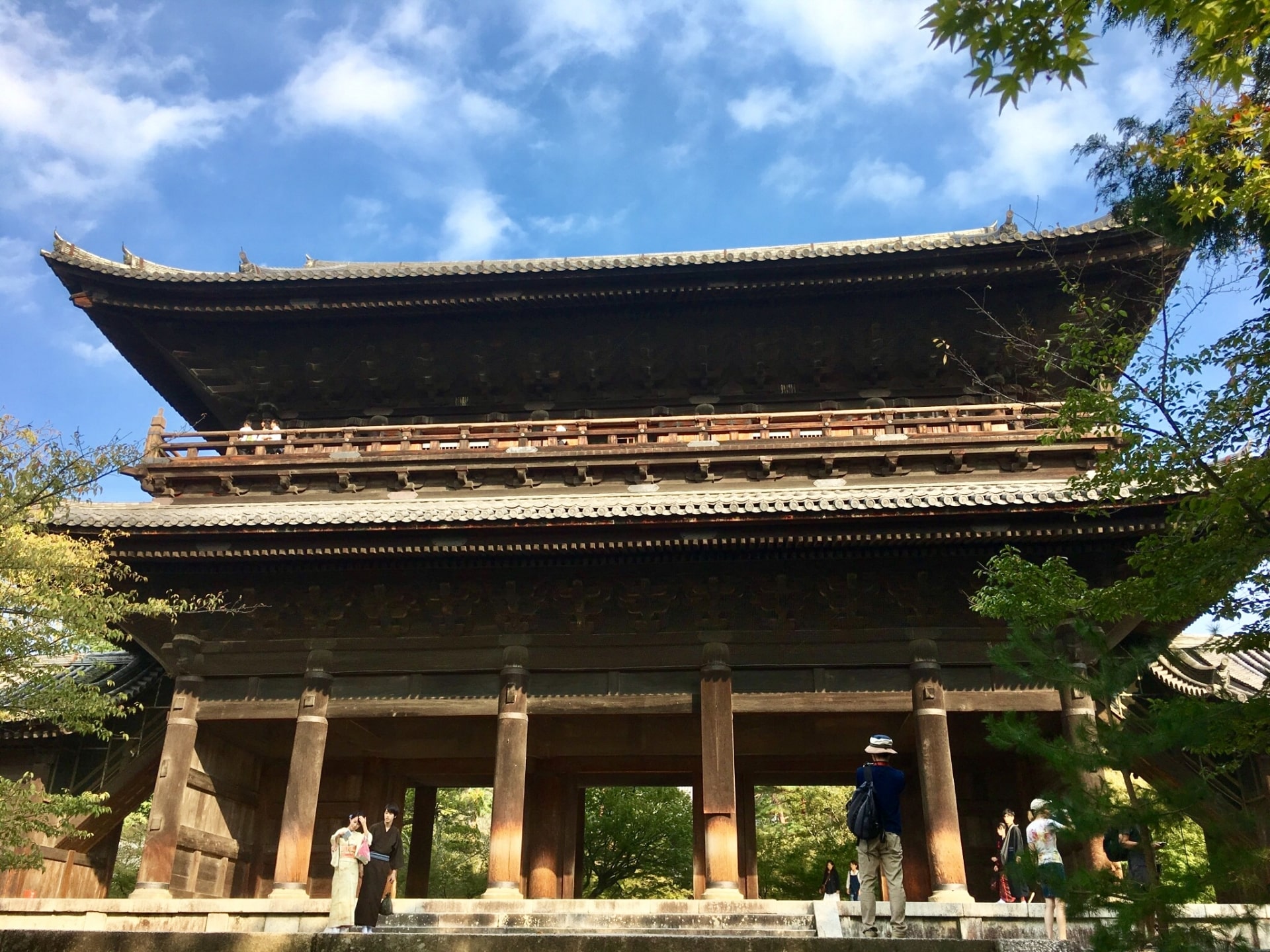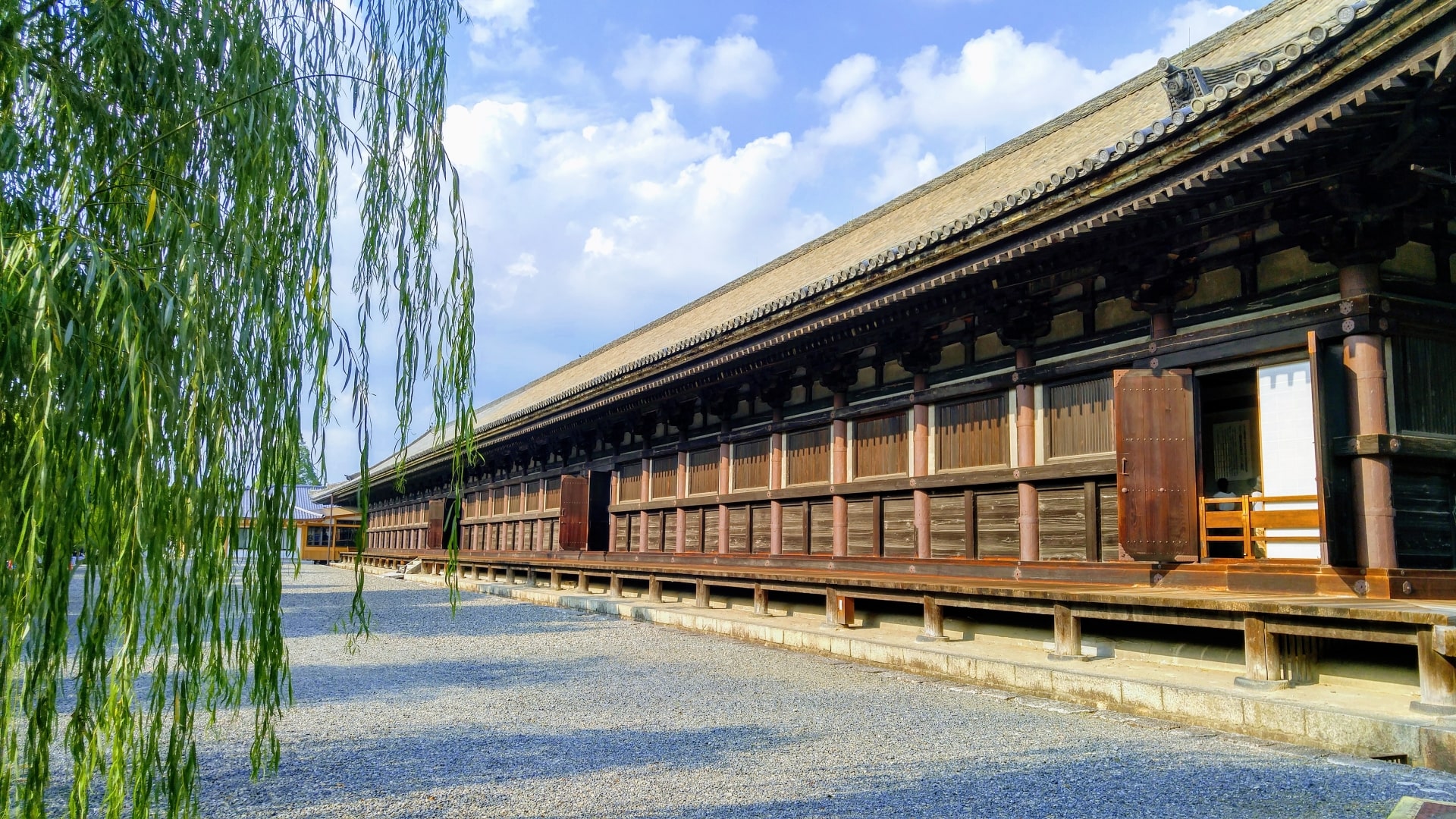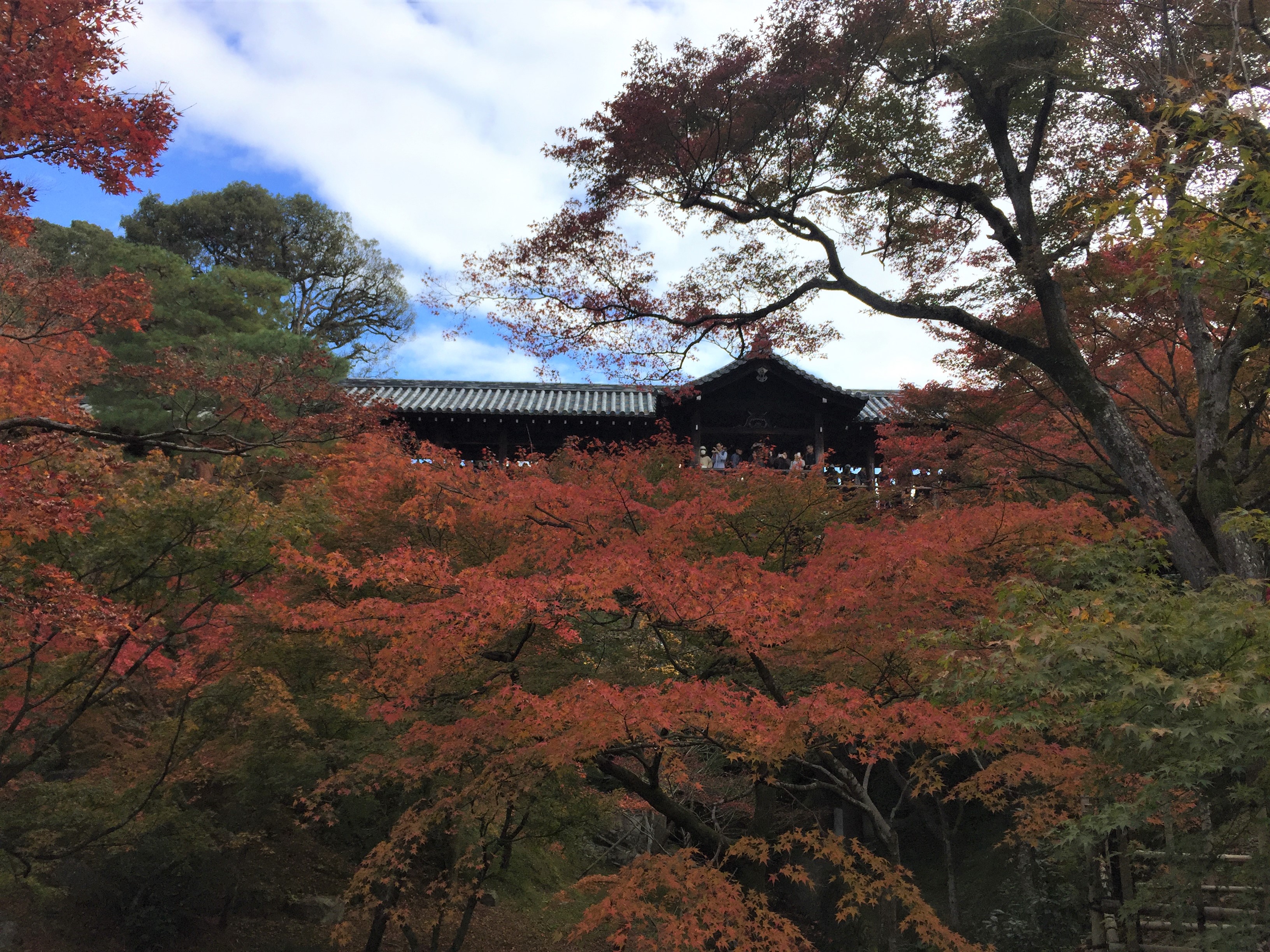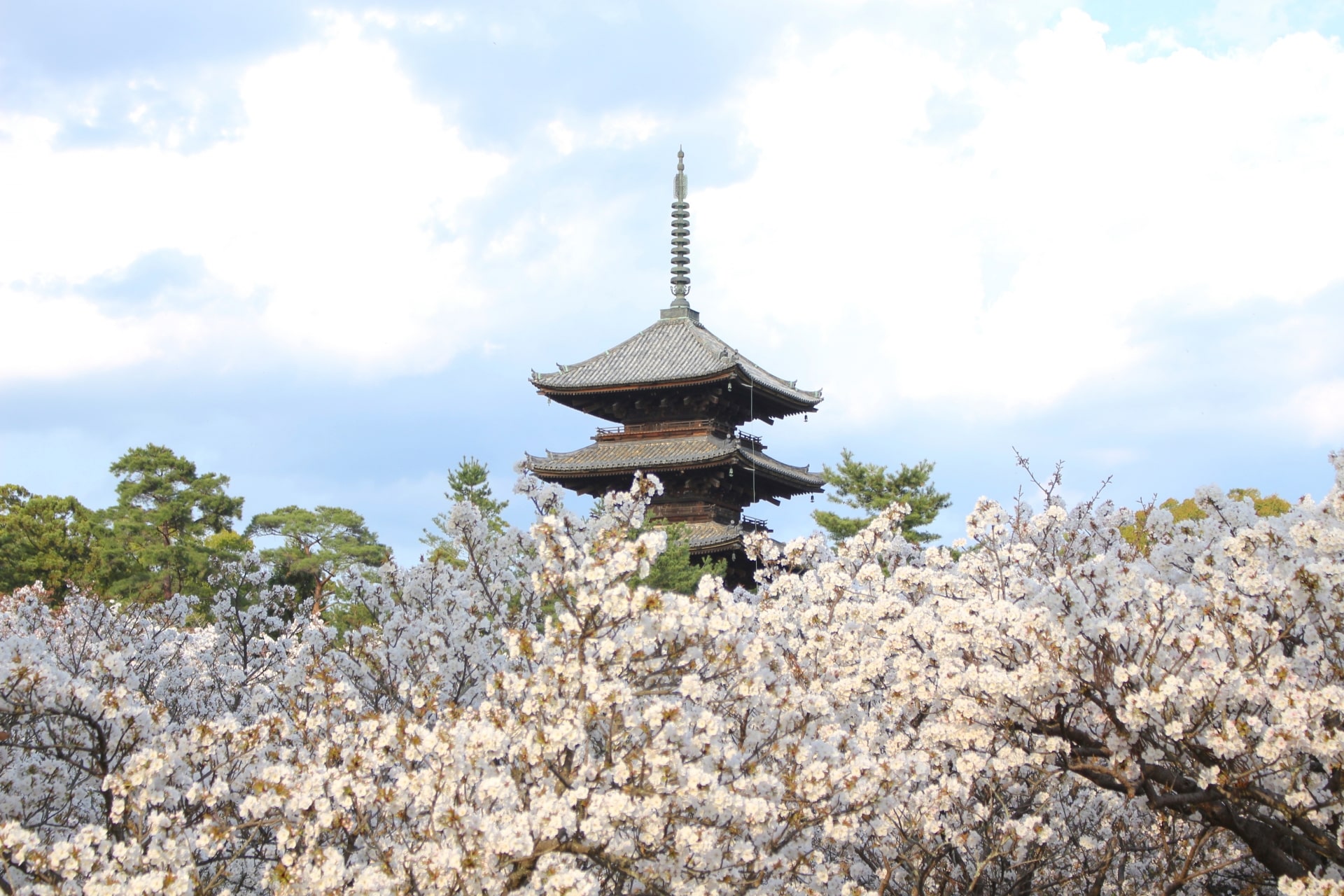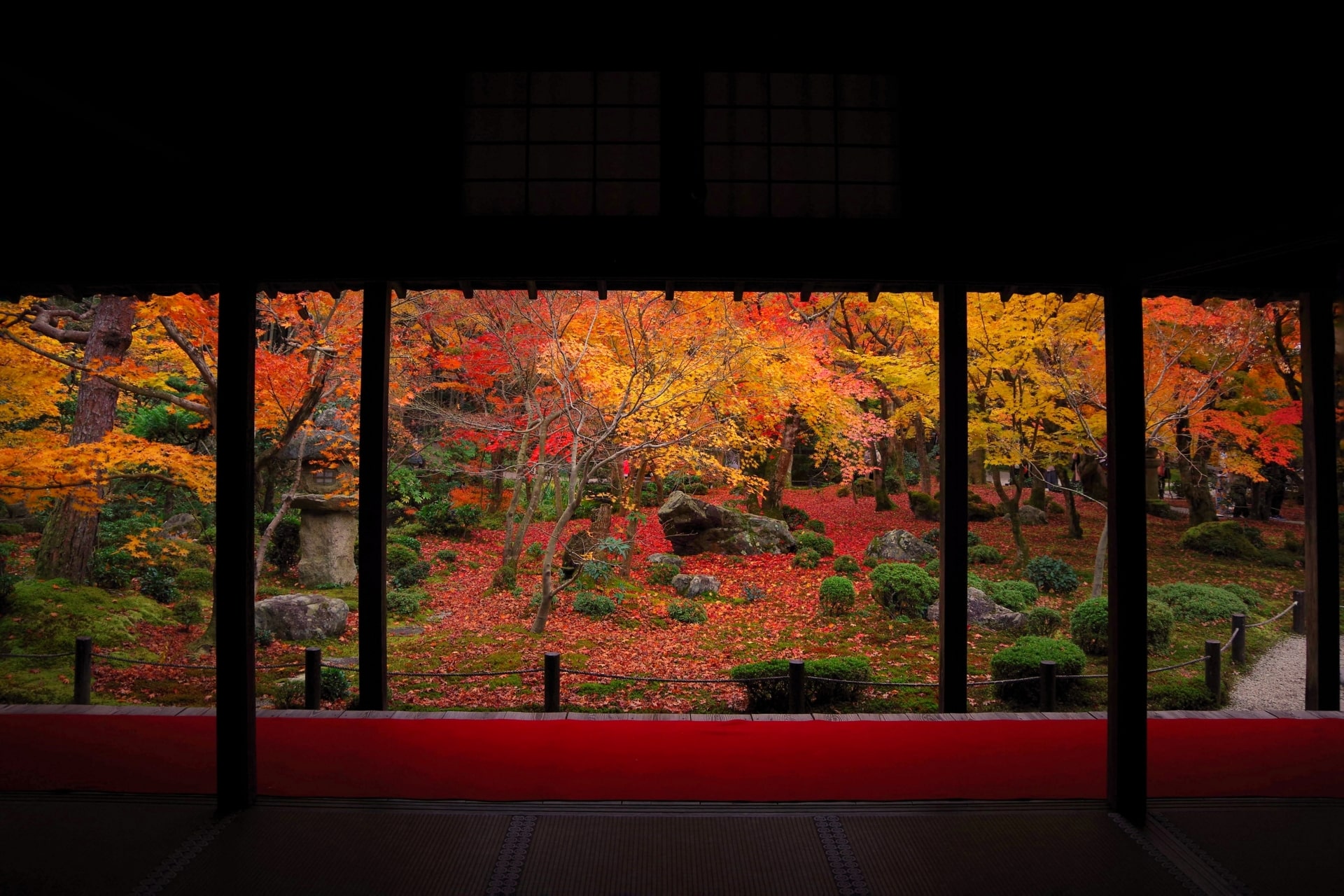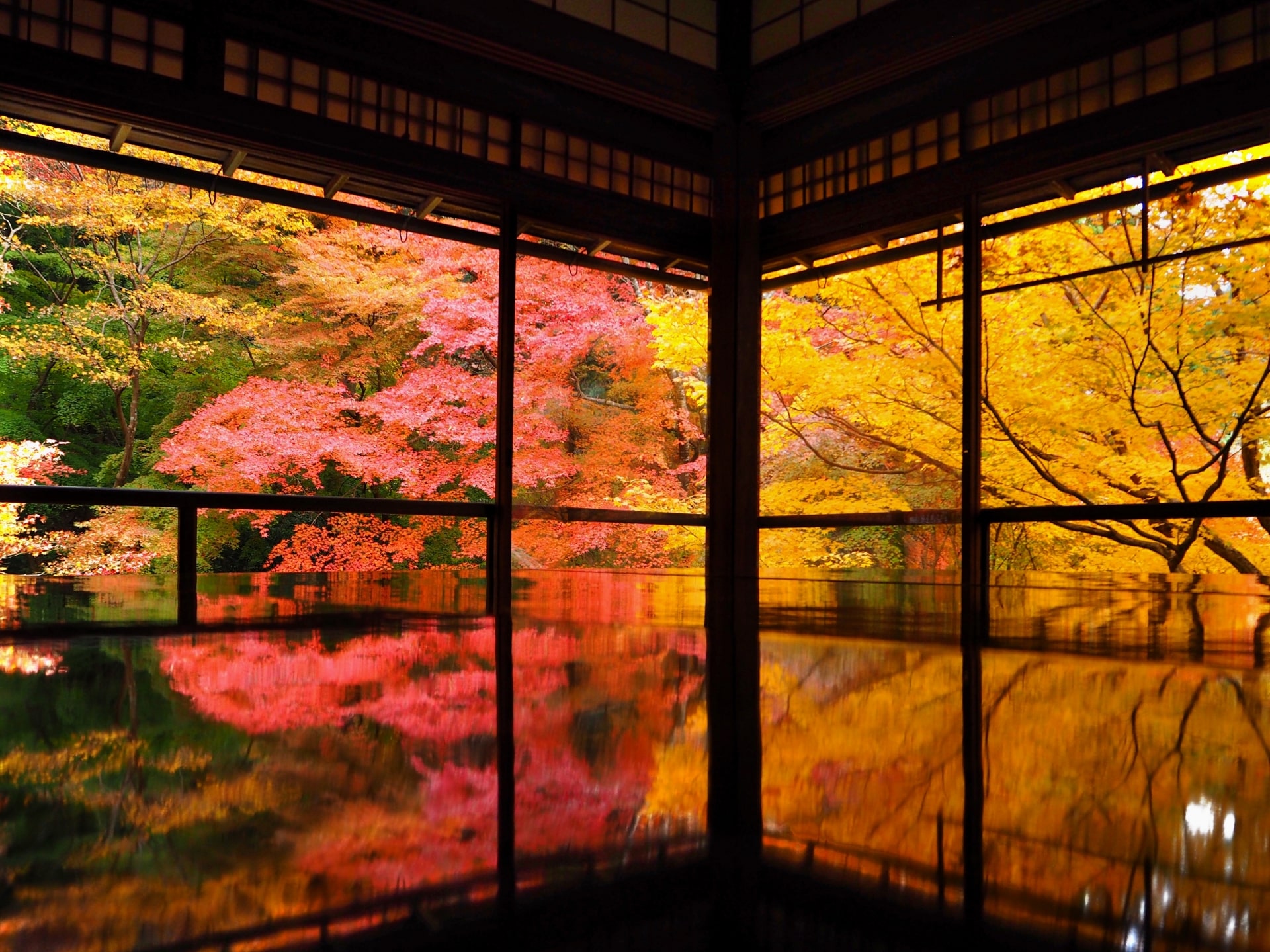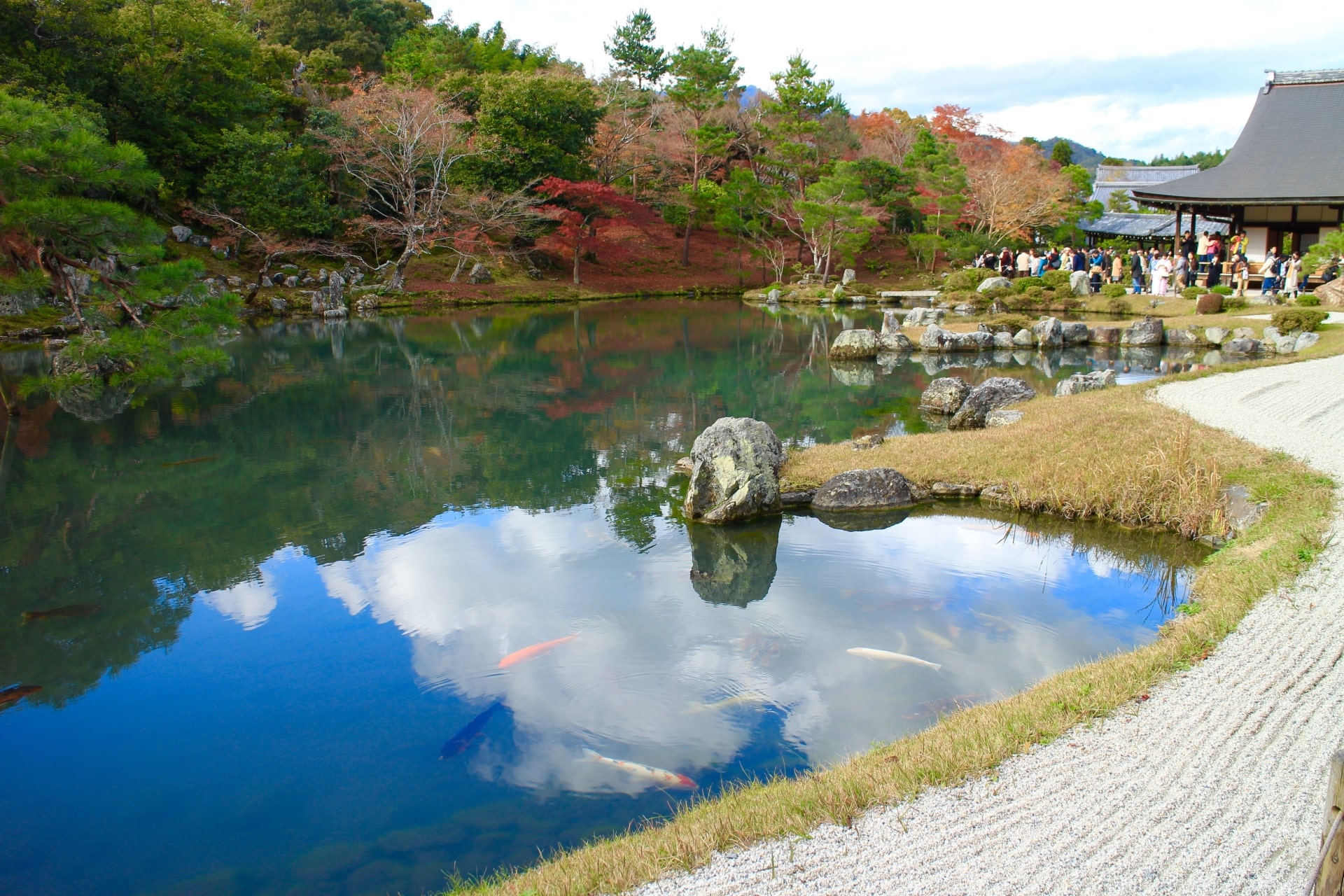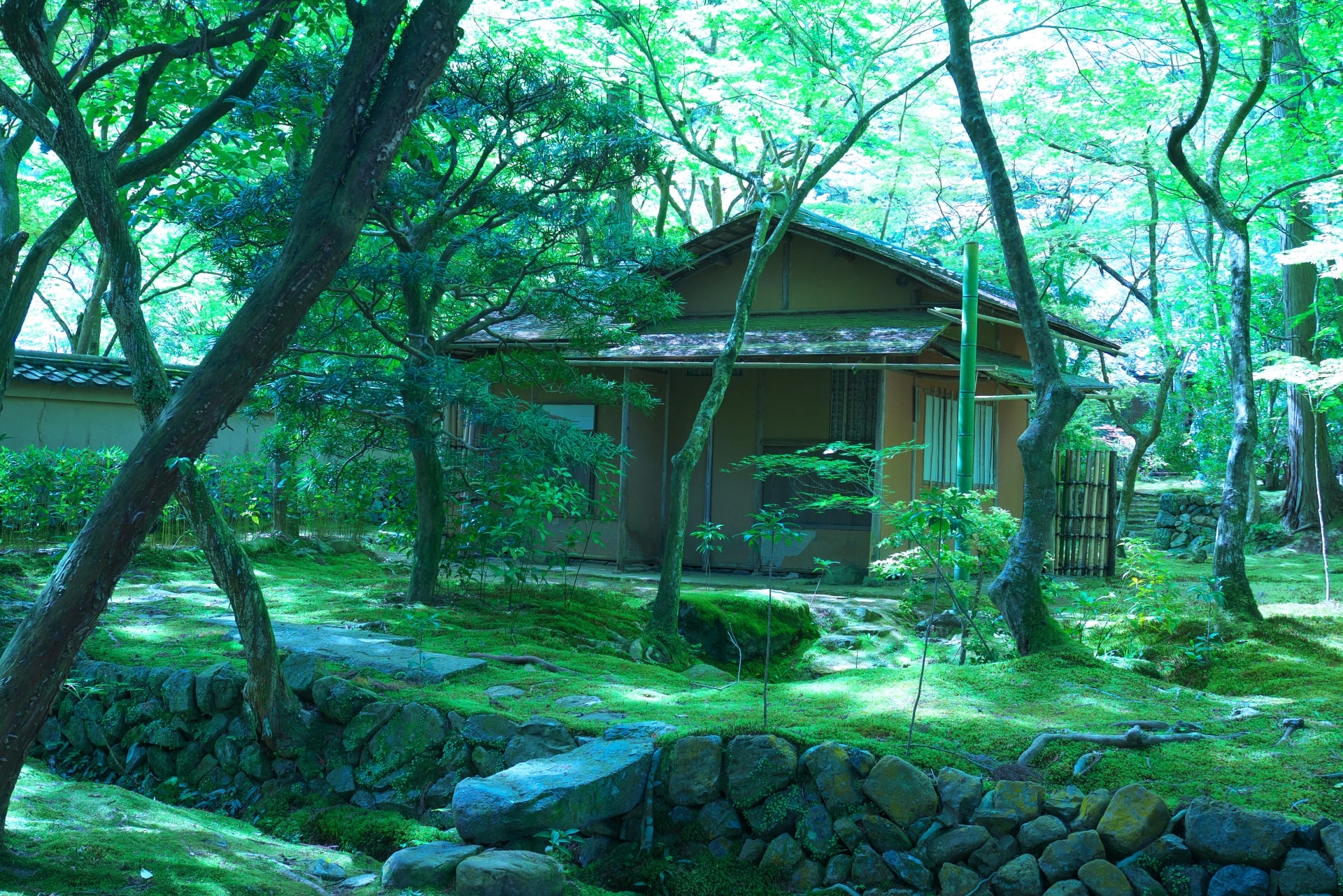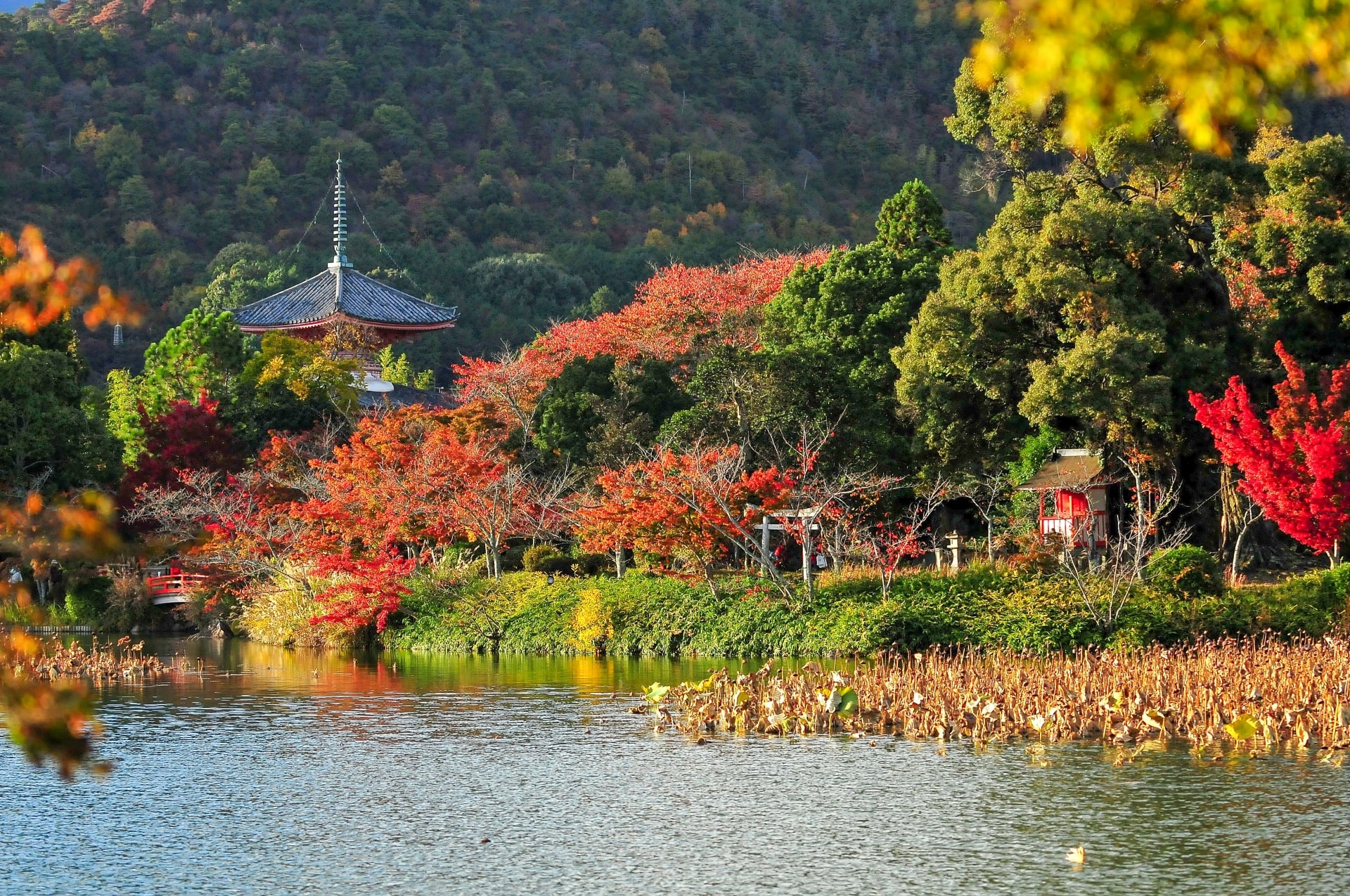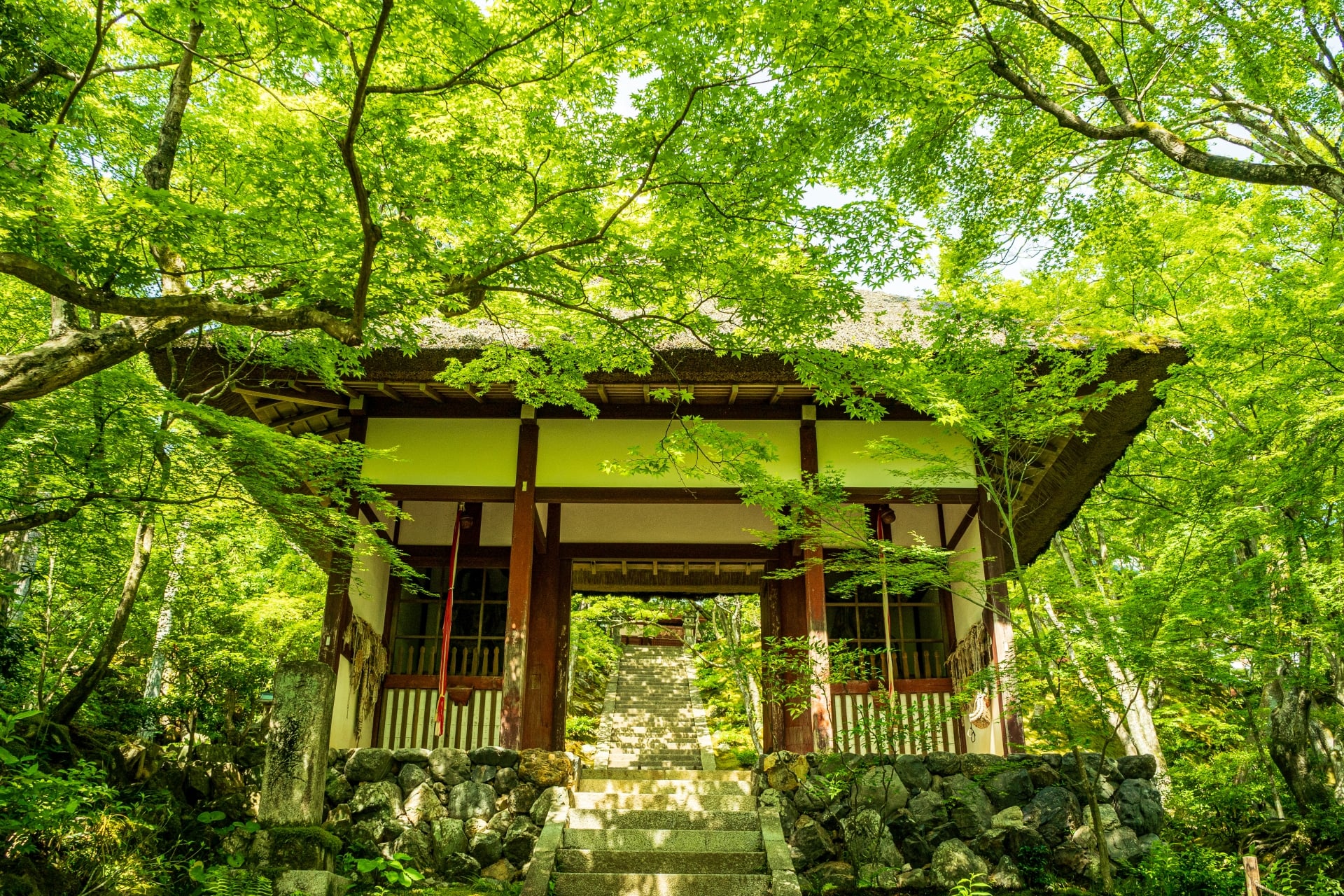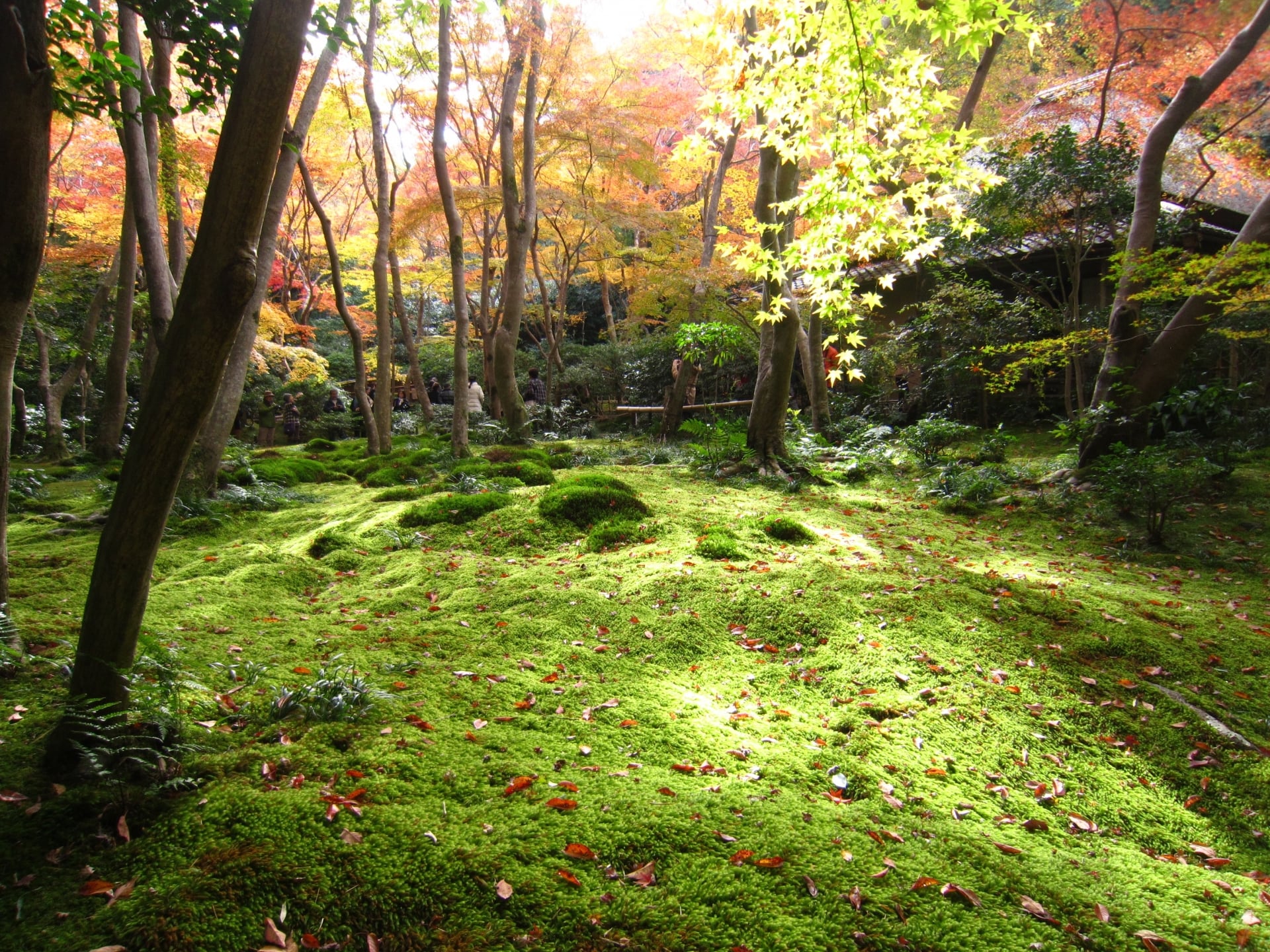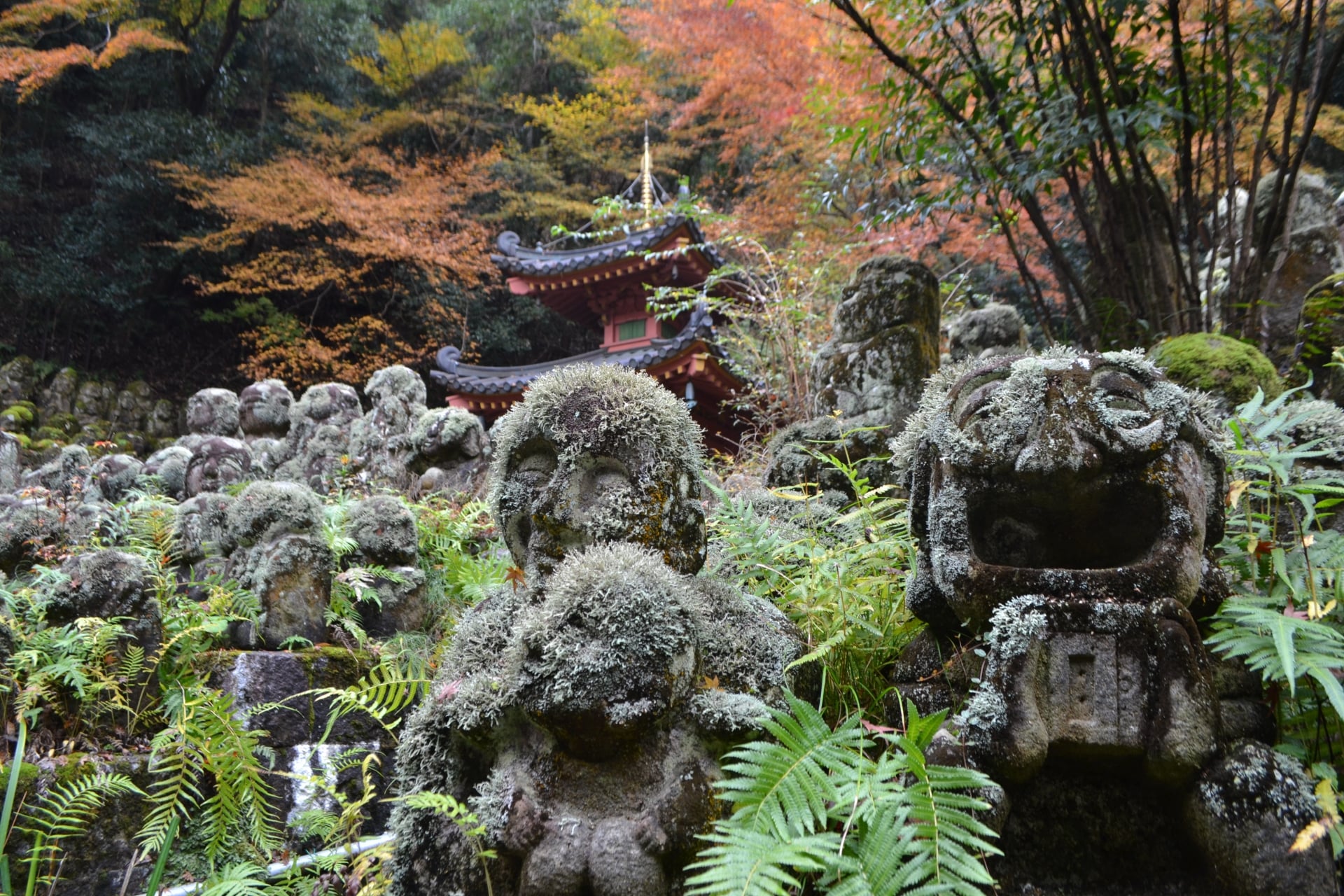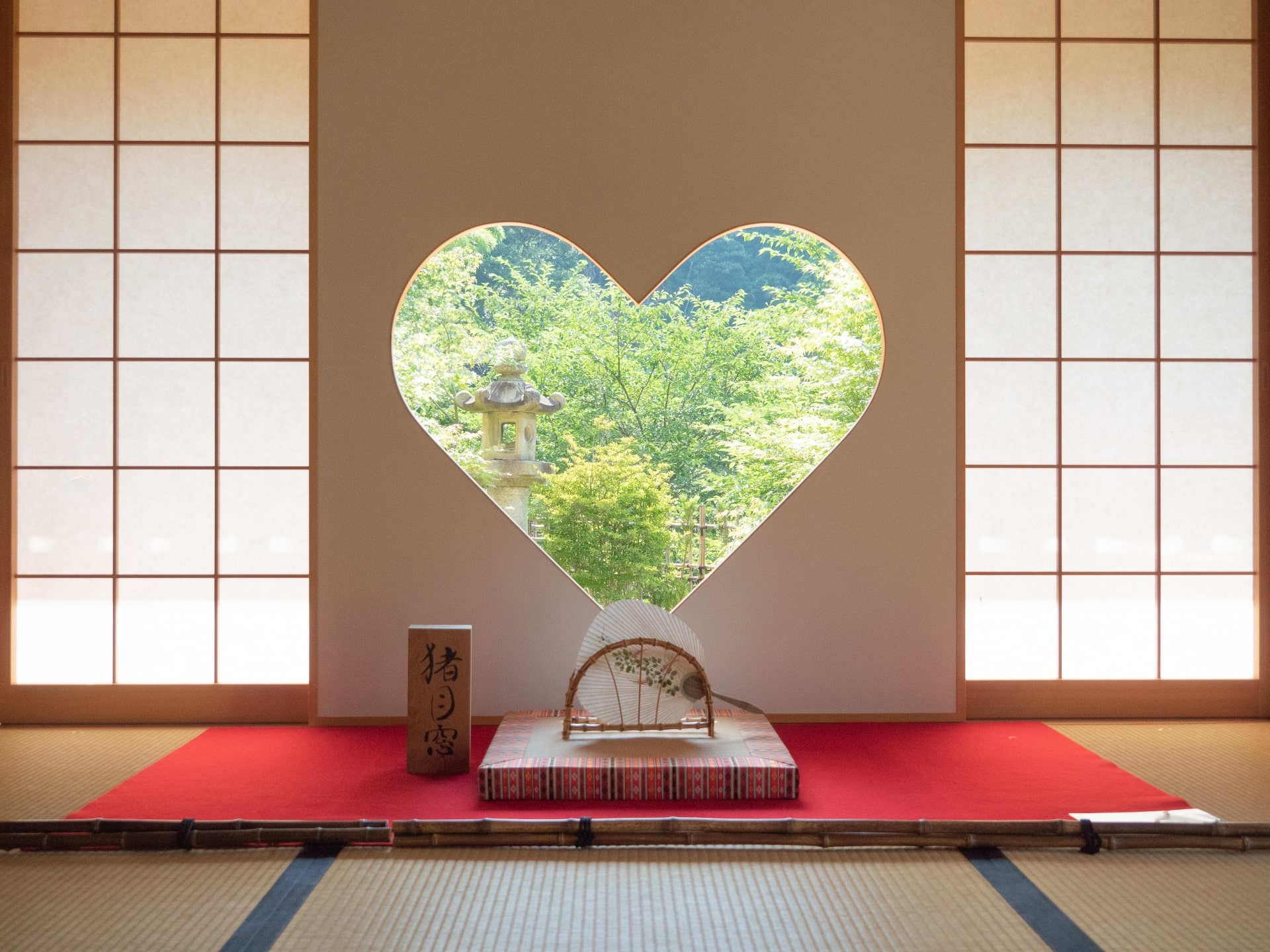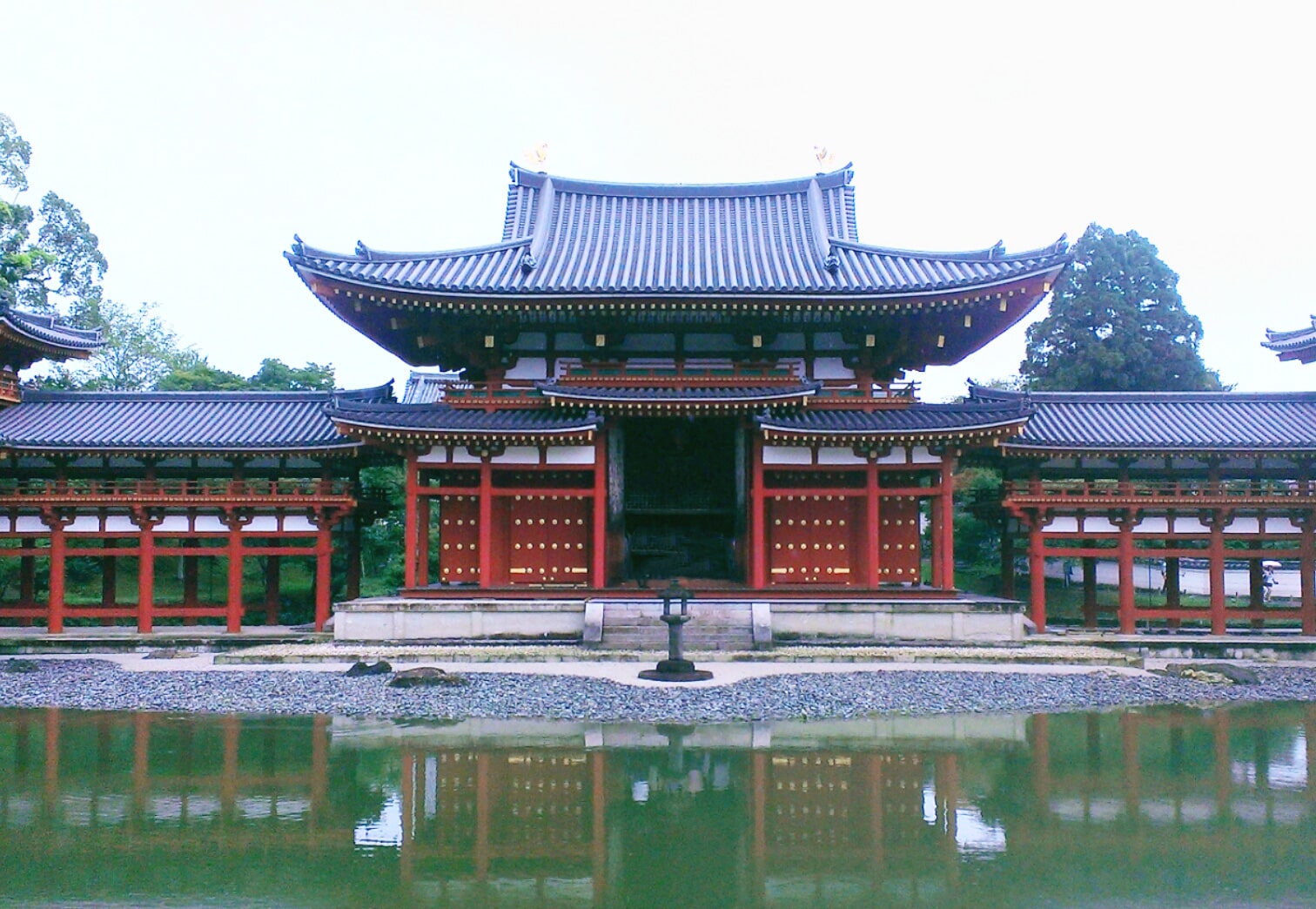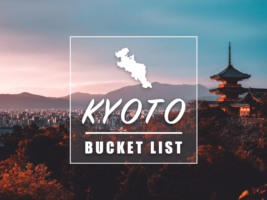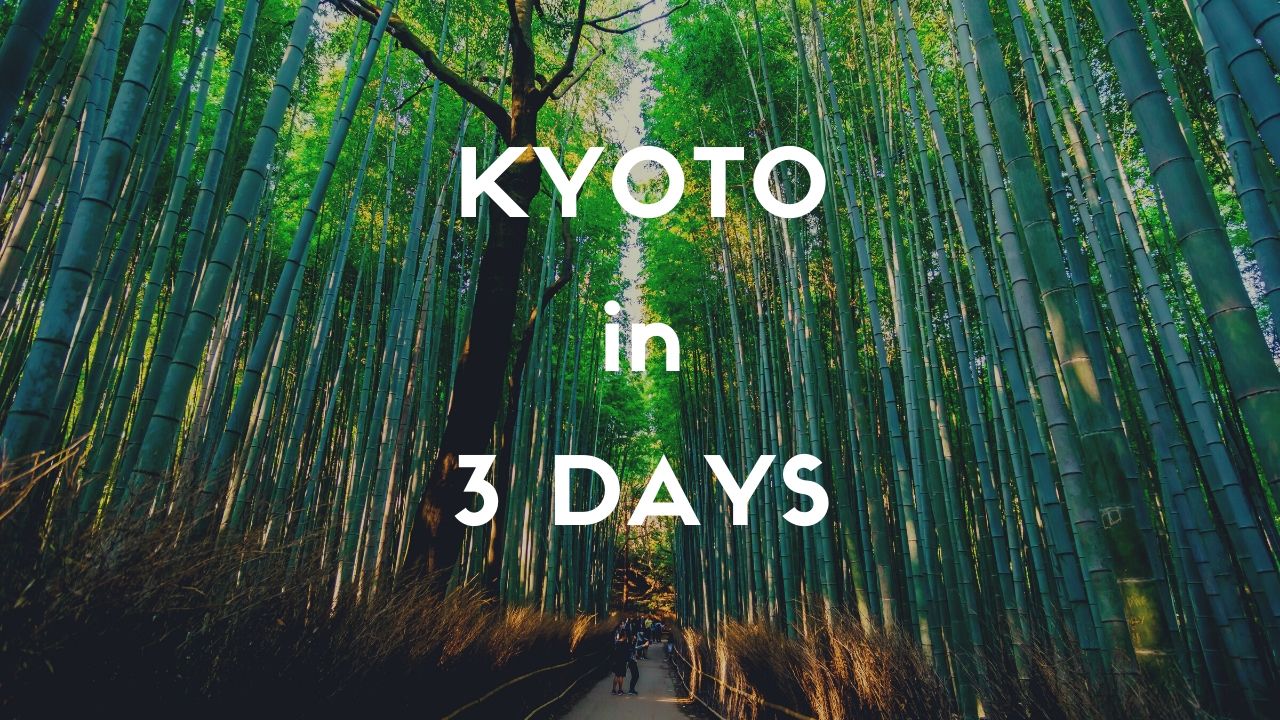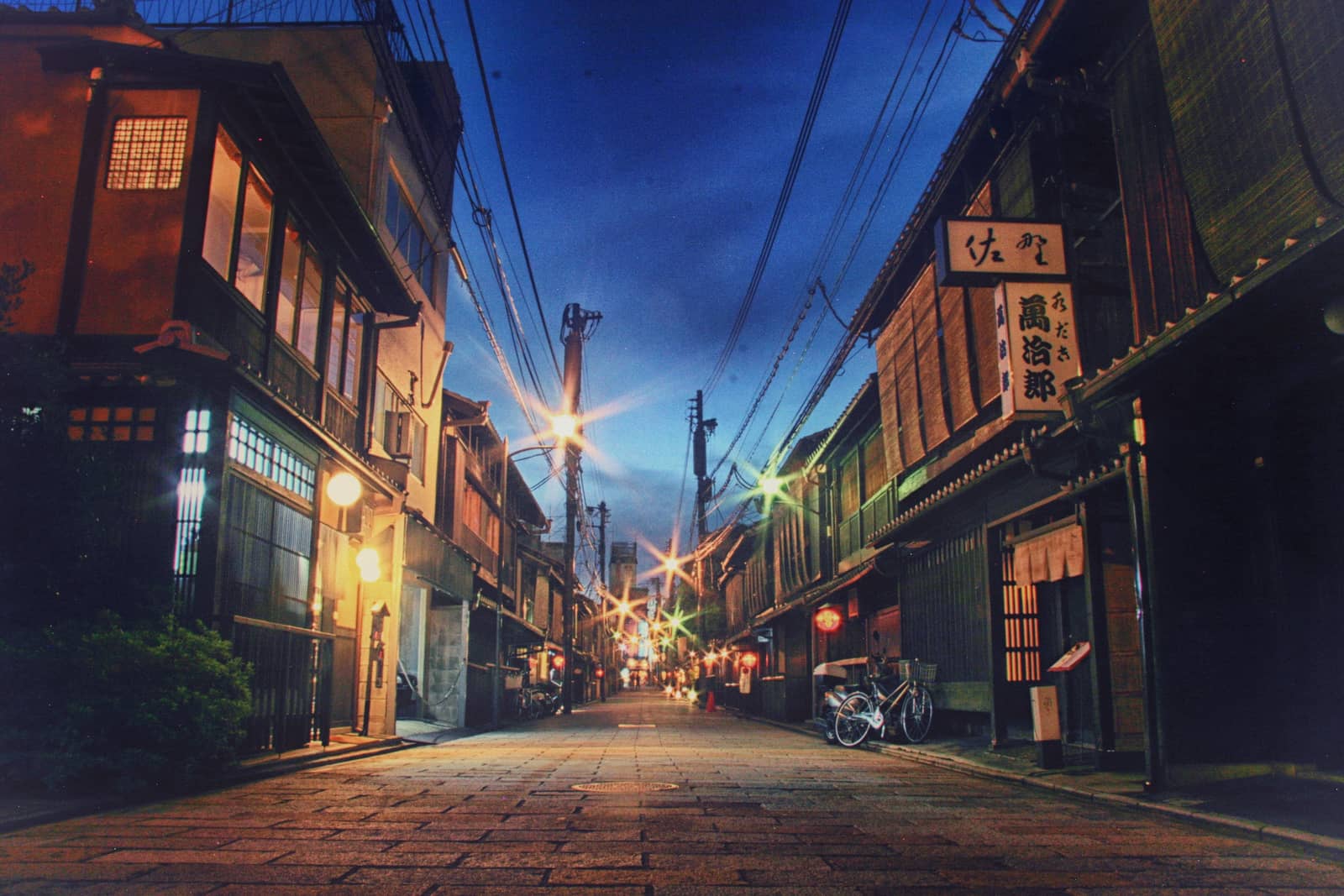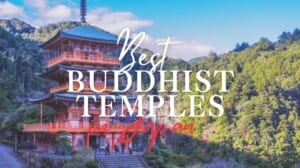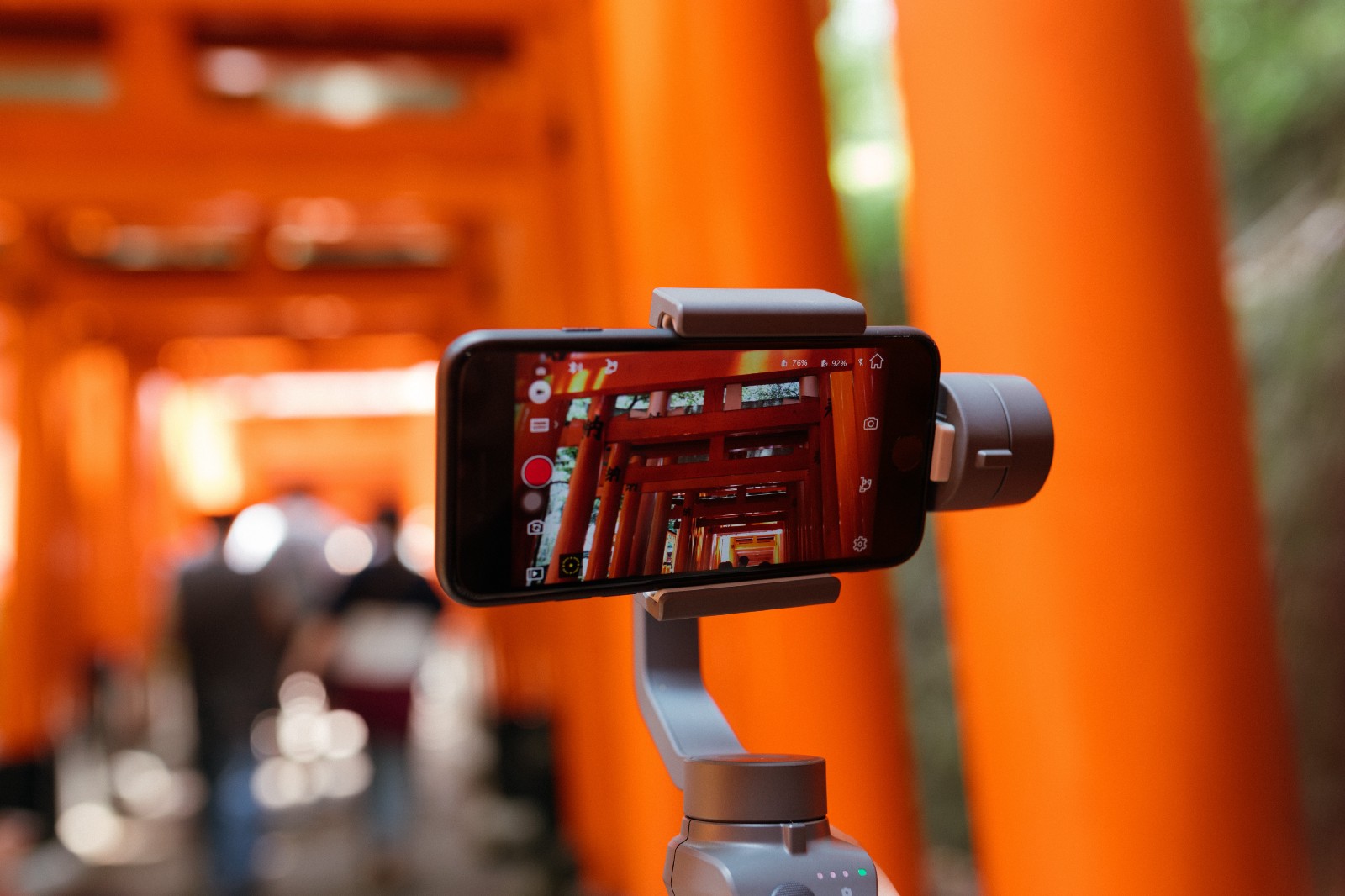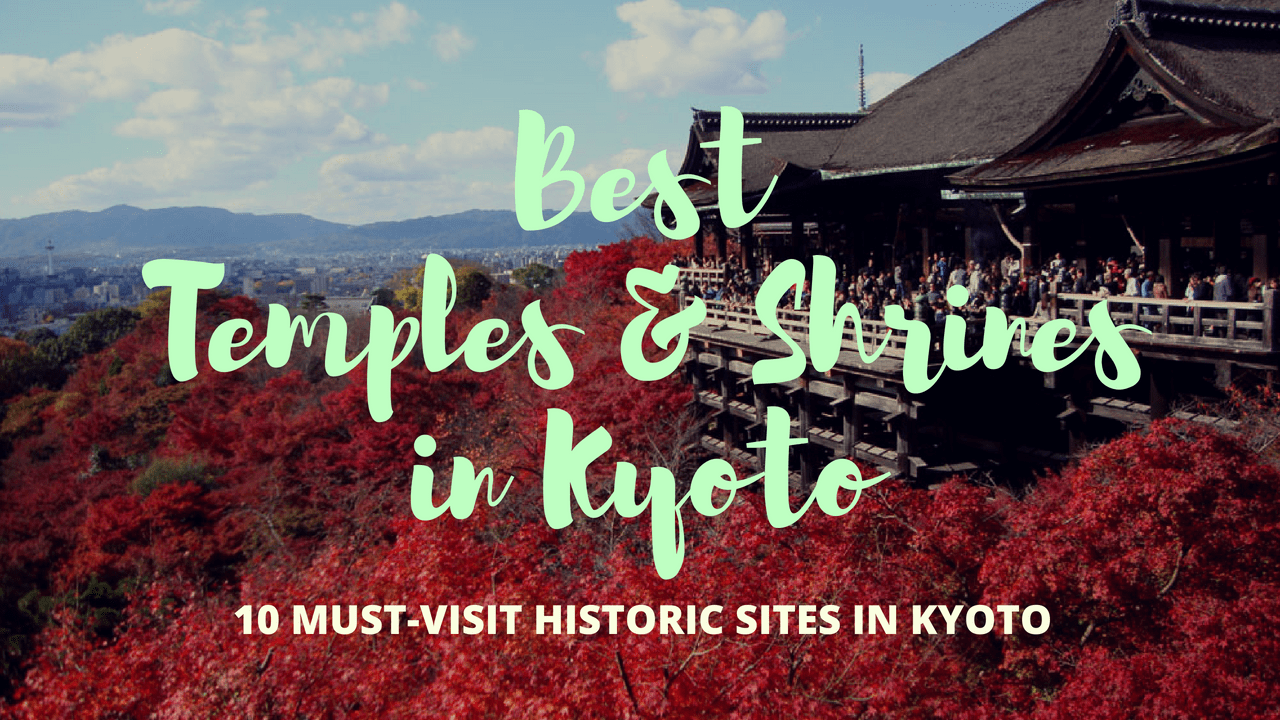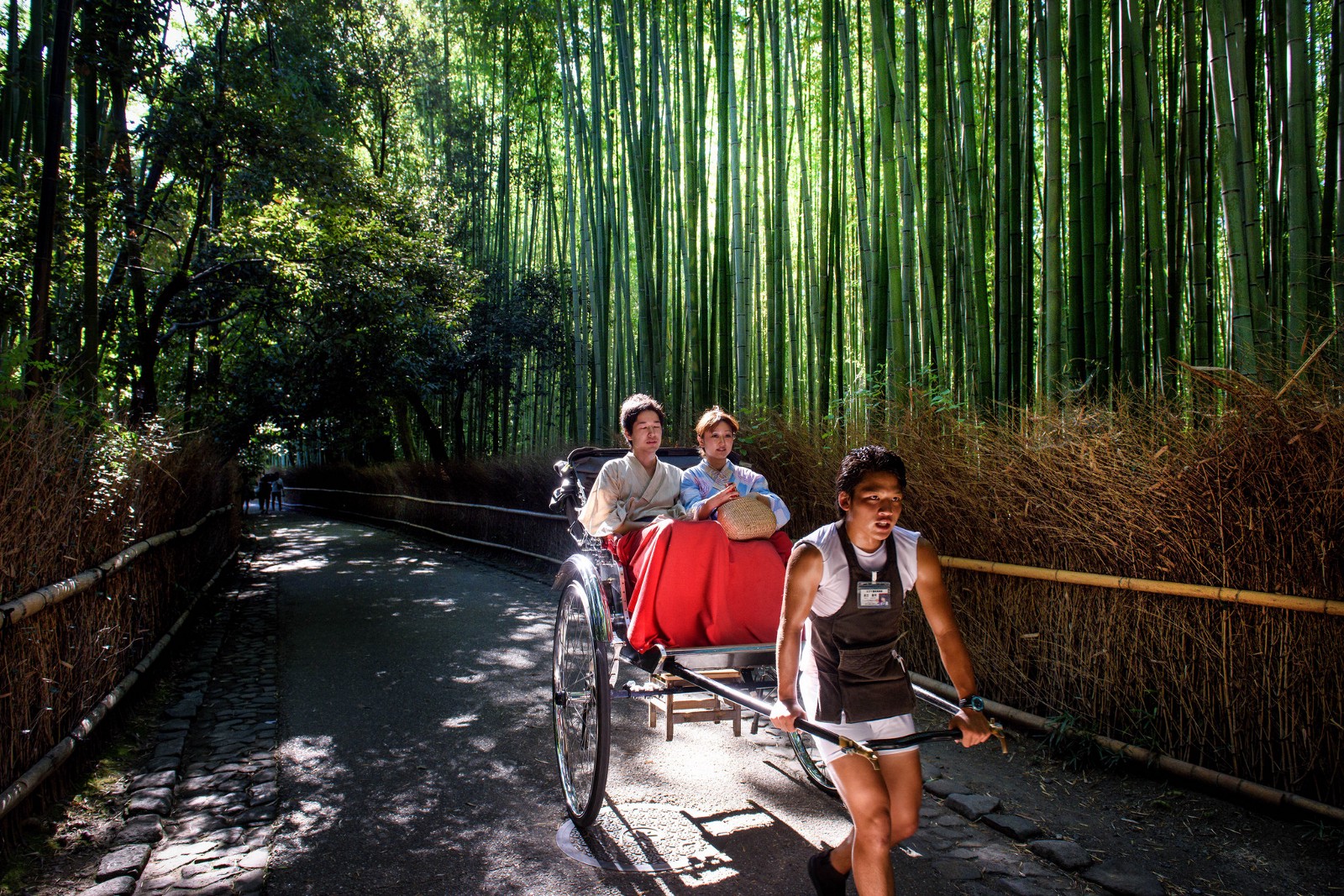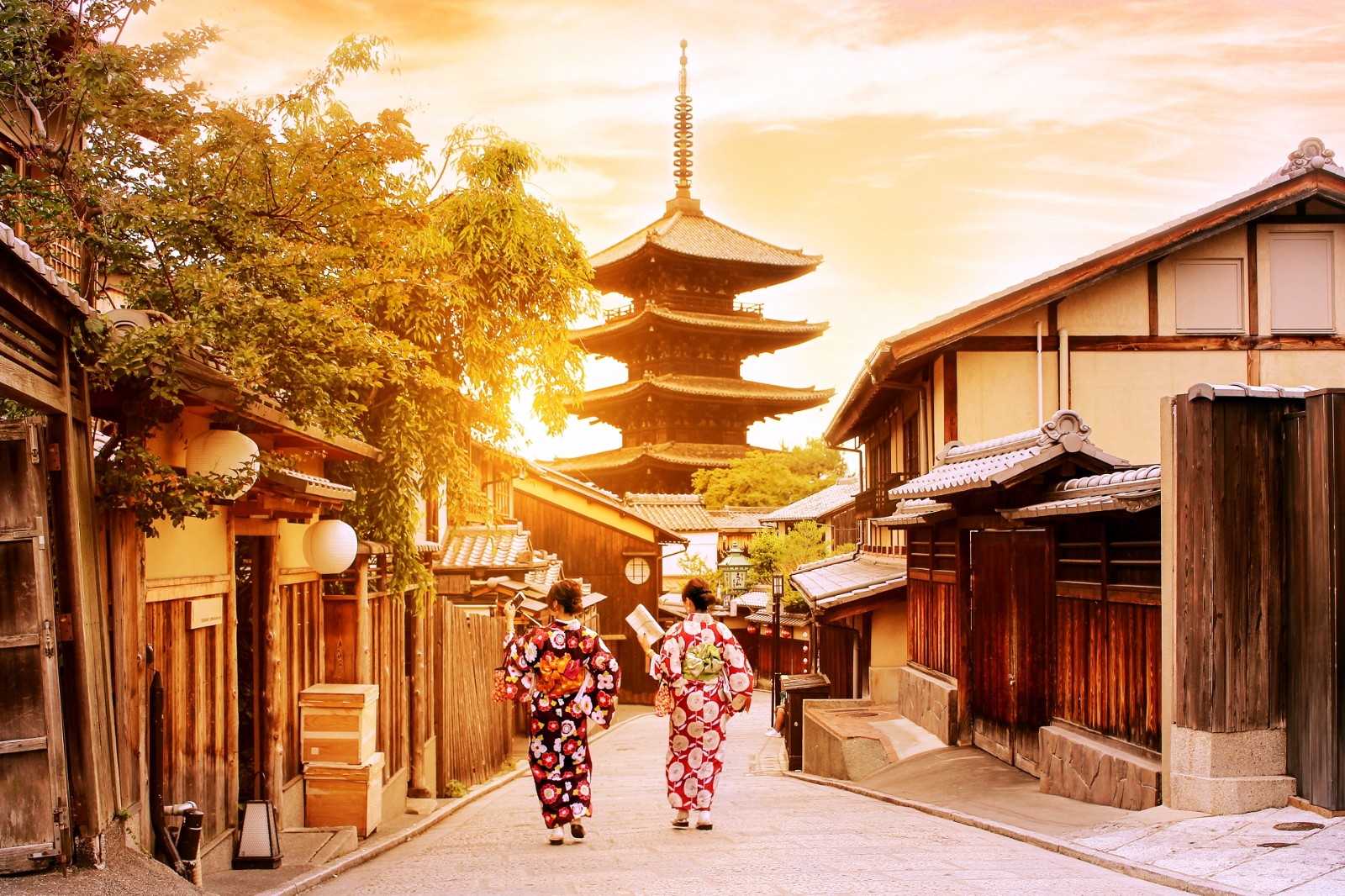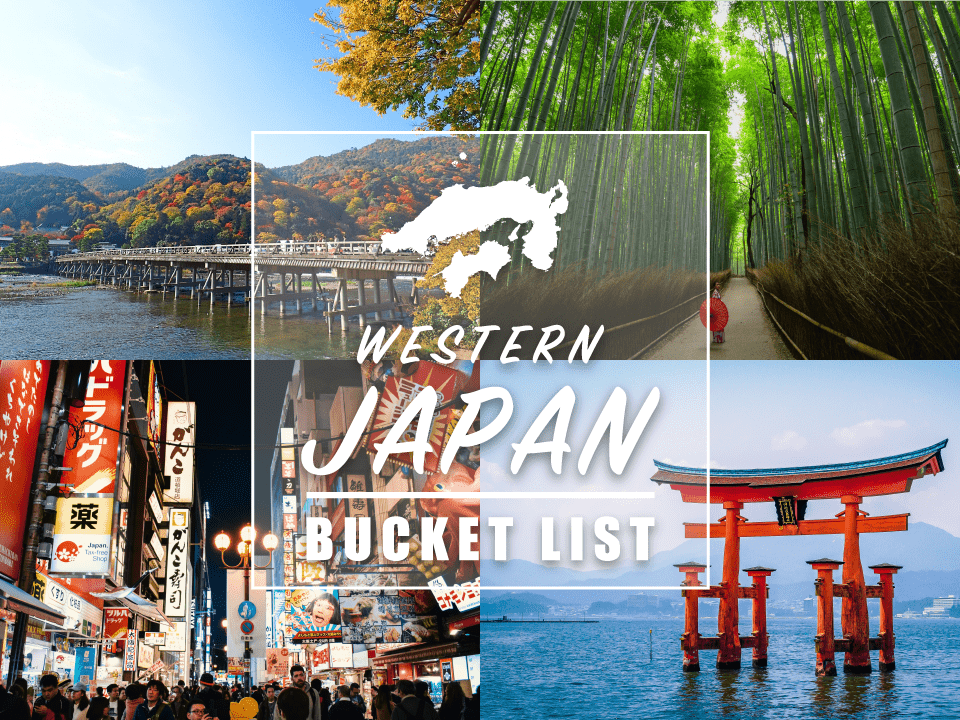Kyoto Temple Guide: Best Temples to Visit in Kyoto
Most Beautiful Temples in Kyoto: Kinkakuji, Kiyomizudera, Ryoanji and more
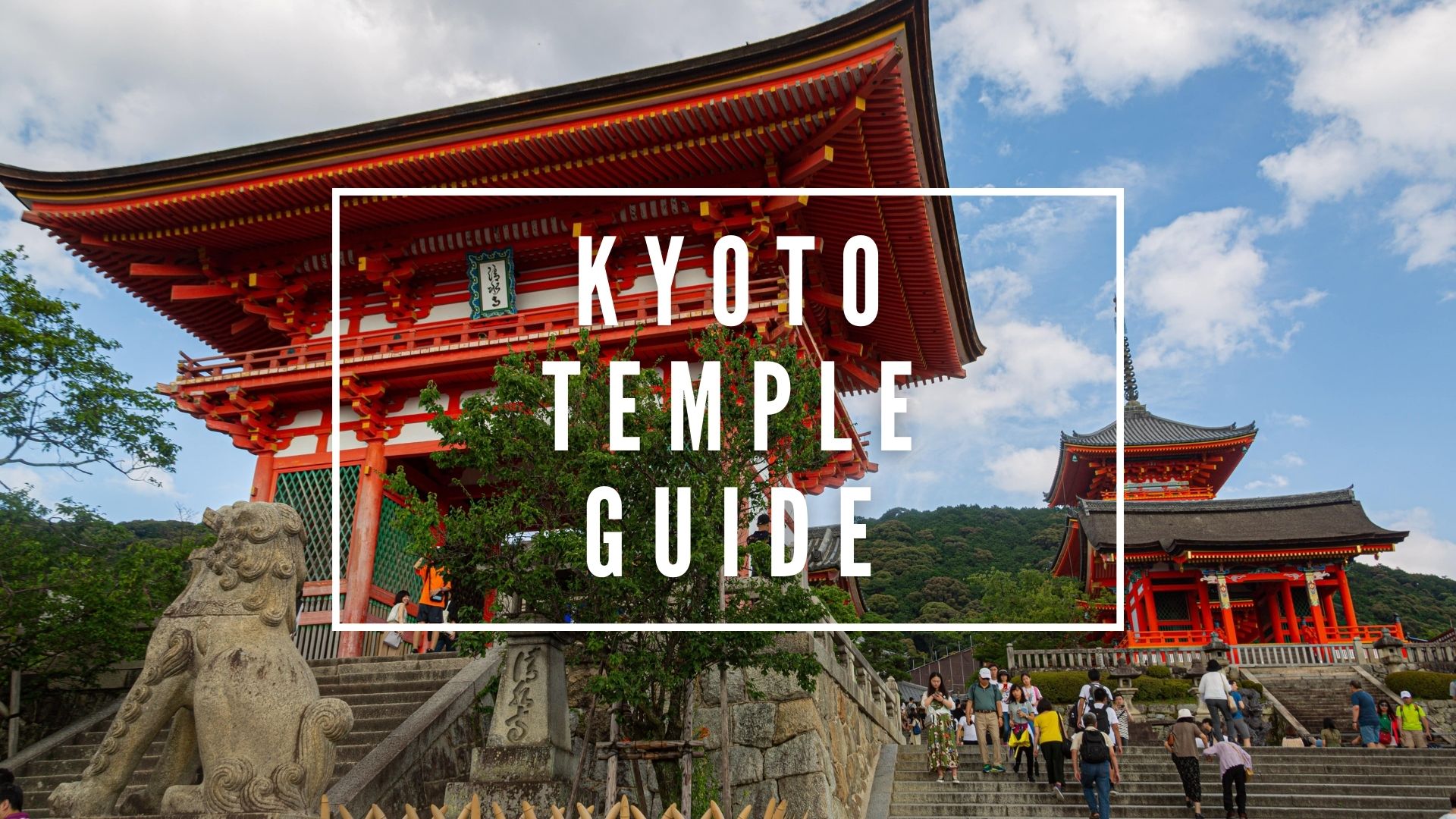
Kyoto is one of the most popular travel destinations in Japan. The city is famous for its historical sites such as temples, shrines, castles and gardens. Especially, temples and shrines are Kyoto’s main tourist attractions, and some of them are designated to UNESCO World Heritage sites.
Did you know there are about 1,700 temples existing in Kyoto today?? Which is a bigger number of convenience stores in Kyoto, and temples are literally in every corner in town.
Some of them have splendid appearances while some have the most interesting historical background. Or some temples are recommended to visit in particular season of the year such as cherry blossoms or autumn leaves.
When visiting Kyoto, you may find it hard to choose which temples to visit within a limited time. If yes, I think this article might be a huge help. In this article, I have picked the most beautiful temples in Kyoto. So let’s take a look!
Check also: Kyoto Shrine Guide: Best Temples to Visit in Kyoto
-Kinkakuji Temple
Kinkakuji (金閣寺), a.k.a. the Golden Pavilion is arguably one of the most famous landmarks in Japan and a must-visit place to every visitors to Japan. The exterior of the Zen temple is covered in gold, displaying a gorgeous and astonishing appearance.
More info ▶ Kinkakuji Temple: Kyoto’s Golden Pavilion
-Kiyomizudera Temple
Kiyomizudera Temple (清水寺) was built originally in 780, and has over 1,200 years history. Along with Kinkakuji Temple, it’s one of the most famous tourist attractions in Japan. Kiyomizudera is especially a popular place for cherry blossoms and autumn leaves viewing, and a special light-up of the temple is held at night during the season.
More info ▶ Kiyomizudera: Kyoto’s Sacred Waters
-Ginkakuji Temple
Ginkakuji Temple (銀閣寺) was originally built as a retirement villa of Shogun Ashikaga Yoshimasa, modeled after Kinkakuji Temple, and the entire exterior was planned to be covered with silver foils. The plan never carried carried out, and the villa was gradually converted into a Zen temple after his death. Now it’s one of the most visited temples in Kyoto.
More info ▶ Ginkakuji Temple: the Silver Pavilion in Kyoto
-Ryoanji Temple
Ryoanji Temple (龍安寺) is known for its magnificent rock garden which is considered one of the finest surviving examples of kare-sansui (“dry landscape”), a distinctive type of Japanese zen garden. One of the most unique features about this rock garden’s formation is that there are 15 stones, but they are deliberately placed so that the entire composition cannot be seen at once from the veranda.
More info ▶ Ryoanji Temple: Kyoto’s Best Zen Rock Garden
-Daigoji Temple
Daigoji (醍醐寺) is a large temple located in southeast of Kyoto. The temple complex consists of several historic monuments and buildings on a mountainside. Daigoji has been a popular cherry blossom viewing spot since 16th century till now, and the spectacular scenery with over 1,000 cherry trees including the massive weeping trees can be enjoyed in spring.
More info ▶ Daigoji Temple: the World Heritage Temple with 1,000 Cherry Blossoms
-Hokanji Temple
Hokanji (法観寺) is a tiny temple located in the heart of Higashiyama District in Kyoto, commonly known as “Yasaka Pagoda” with the 46 meter tall five-story pagoda standing as the landmark of the city for centuries. The magnificent pagoda is surrounded by beautifully preserved historical buildings, offering the picture-perfect street view.
More info ▶Yasaka Pagoda: the Best Photo Spot in Higashiyama
-Yasaka Koshindo Temple
Yasaka Koshindo Temple (八坂庚申堂) is located in Higashiyama District, Kyoto. The thousands of hanging muti-coloured balls called “Kukurizaru” make the temple a popular destination especially among young girls as the most colourful and photo-worthy spot in Kyoto.
More info ▶ Yasaka Koshindo: the Most Colourful Temple in Kyoto
-Kodaiji Temple
Kodaiji Temple (高台寺) is located in Higashiyama area in Kyoto City. It was built in 1606 after the death of Toyotomi Hideyoshi, one of the greatest warriors in Japan, by his wife Nene. The temple holds a special illumination event and opened at night several times a year including cherry blossoms and autumn leaves season.
More info ▶ Kodaiji Temple: Gorgeous Stone Garden with Light-up
-Eikando Zenrinji Temple
Eikando Zenrinji Temple (永観堂 禅林寺), commonly known as Eikando is the head temple for the Jodo sect Seizan branch of Japanese Buddhism. The temple is a highly popular place for autumn leaves viewing, and around 3,000 maple trees tint the entire temple with autumn colours. The nighttime illumination is also available during the autumn leaves season.
More info ▶ Eikando Zenrinji Temple: Best Autumn Leaves Illumination in Kyoto
-Nanzenji Temple
Nanzenji Temple (南禅寺) is a large Zen temple located in northern Higashiyama area, and it’s known as one of the most important temples of all Japan. The spacious temple complex consists of multiple buildings and monuments such as the massive Sanmon Gate, the scenic landscape garden of Hojo and the Western style brick aqueduct.
More info ▶ Nanzenji Temple: Photo-Worthy Temple Complex in Kyoto
-Sanjusangendo Temple
Sanjusangendo (三十三間堂) whose official name is Rengeo-in, is a Buddhist temple located in Higashiyama District, Kyoto. The temple offers one of the most unique and impressive sights in the city with 1,001 human-size standing golden statues called Kannon. Those statues are stored in the main hall of the temple, which is Japan’s longest temple hall with the length of 120m.
More info ▶ Sanjusangendo: the Buddhist Temple with 1,001 Golden Statues
-Tofukuji Temple
Tofukuji Temple (東福寺) is a Zen temple founded in 1236 by the Fujiwara clan during Kamakura period. It’s one of five great Zen temples of Kyoto. The temple complex includes multiple sub-temples, magnificent gates and landscape gardens. The temple is particularly popular during autumn leaves season. The view of the spectacular sea of autumn colours can be gazed from the Tsutenkyo Bridge at the temple.
More info ▶ Tofukuji: Best Temple for Autumn Leaves Viewing in Kyoto
-Ninnaji Temple
Ninnaji Temple (仁和寺) was founded in 888 and it’s one of the greatest temples in Kyoto which are listed as UNESCO World Heritage Sites. The temple has an orchard of Omuro Cherry, low height and late blooming cherry blossoms that start blooming 7 to 10 days later than cherry blossoms in other sites in Kyoto, and they can be admired with the five-story pagoda.
More info ▶ Ninnaji Temple: Enjoy Late Blooming Cherry Blossoms in Kyoto
-Enkoji Temple
Enkoji (圓光寺) is a small Buddhist temple located in outskirt of Kyoto City. The temple is especially famous for autumn colours, and there is a beautiful Japanese garden with a pond, moss-covered stones and maple trees. The greenery scenery in summer and tinted leaves in autumn can be enjoyed from the main hall of the temple.
More info ▶ Enkoji Temple: Hidden Temple in Kyoto
-Ruriko-in Temple
Ruriko-in Temple (瑠璃光院) is a small yet very attractive temple located at the foot of Mt Hiei in northeast of Kyoto City. The temple is best known for maple leaves that displays astonishing scenery twice a year. The temple is protected and closed to public through the year, however, it opens only for limited periods in spring and autumn. Every season, a large number of visitors visit the temple to capture the picturesque “Yuka Momiji”, the view of the maple leaves reflected on the lacquered black table.
More info ▶ Rurikoin Temple: Picturesque Temple with Maple Leaves
-Tenryuji Temple
Tenryuji (天龍寺) is Kyoto’s one of the greatest and most spectacular temples, which is located in Arashiyama area. It’s counted as first of the five great zen temples in Kyoto and was registered as a world heritage site in 1994. One of the highlights of the temple complex is “Sogen Pond Garden”, the fine landscape garden designed by Muso Soseki, one of the greatest gardeners in Japanese history.
More info ▶ Tenryuji Temple: the World Heritage Temple in Arashiyama, Kyoto
-Enrian Temple
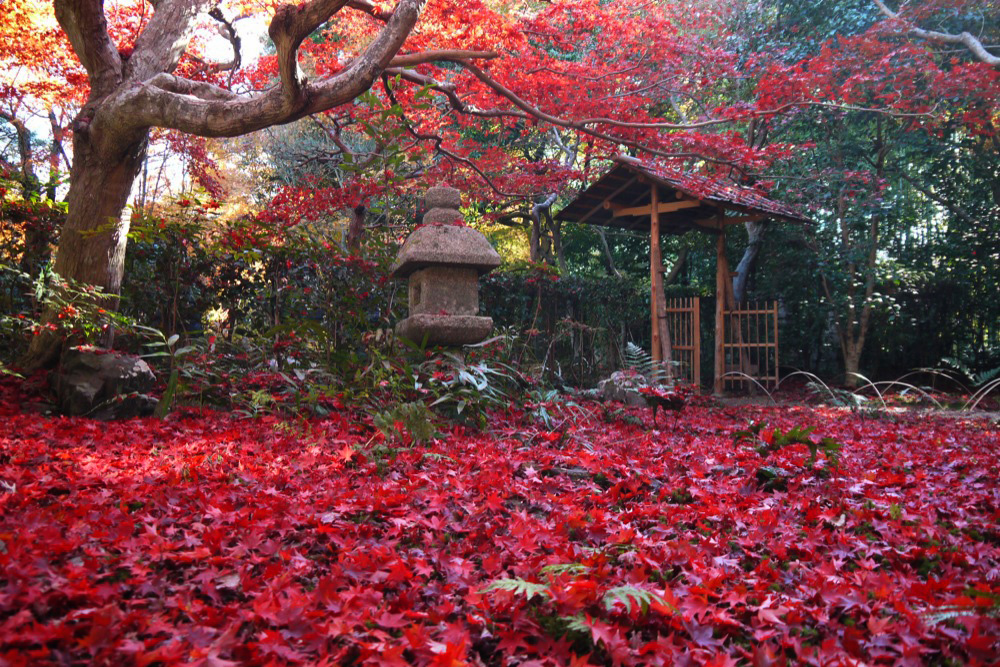
Enrian (厭離庵) is a small temple located in Arashiyama area, Kyoto. It’s one of the best autumn leaves viewing spots in Kyoto, yet is less crowded than other temples. The temple is known for maple trees that turn their leaves into deep red in autumn. The temple is usually closed to public, yet opens only during the autumn leaves season (from 1 November to 7 December). The scenery of the red leaves covering the ground after falling from trees is absolutely breathtaking.
More info ▶ Enrian Temple: The Reddest Autumn Leaves in Kyoto
-Saihoji Temple
Saihoji Temple (西芳寺) is often called “Kokedera” which means Moss Temple as it’s famous for its garden covered with moss. The temple started gathering attentions worldwide ever since it was introduced as the founder of Apple, Steve Job’s favourite hideaway in Japan. Advance reservation is required for entering this temple.
More info ▶ Saihoji Temple: Kokedera with Moss Garden in Kyoto
-Daikakuji Temple
Daikakuji Temple (大覚寺) is one of the most historical temples in the city, which was built in early 800s originally as an imperial villa of Emperor Saga, then converted as a temple after his death. The large temple site consists of several buildings and owns several Important Cultural Properties, including a copy of the Heart Sutra and luxurious kinpekiga paintings (paint on gold foil-pressed paper). The artificial lake of the temple, Osawa Pond, is one of the oldest Japanese garden ponds which survive from the Heian period.
More info ▶ Daikakuji Temple: the Hidden Treasure Temple in Kyoto
-Jojakkoji Temple
Jojakkoji (常寂光寺) is a Buddhist temple located in Arashiyama area. The peaceful and quiet temple is situated on the slope of the mountain in Arashiyama area, and offers pleasant views over Kyoto City from several spots within the site. The temple is surrounded by serine nature and there are over 200 maple trees which create astonishing scenery in each season. The temple is recommanded to visit especially in summer when fresh green leaves covers the temple site and in autumn when the colour of leaves turns into red and orange.
More info ▶ Jojakkoji Temple: Beautiful Hideaway in Nature of Kyoto Arashiyama
-Gioji Temple
Gioji (祇王寺) is a small temple in Arashiyama area, best known for its moss garden. The thick moss and maple trees turn the entire garden into green and creates breathtaking scenery in spring and summer. In autumn, the maple leaves change their colour to red and the beautiful contrast can be enjoyed with the green moss. The main hall of the temple has thatched-roofs with a round window called “Yoshino-mado”, offering a great view of the garden.
More info ▶ Gioji Temple: The Greenest Temple in Kyoto
-Adashino Nenbutsuji Temple
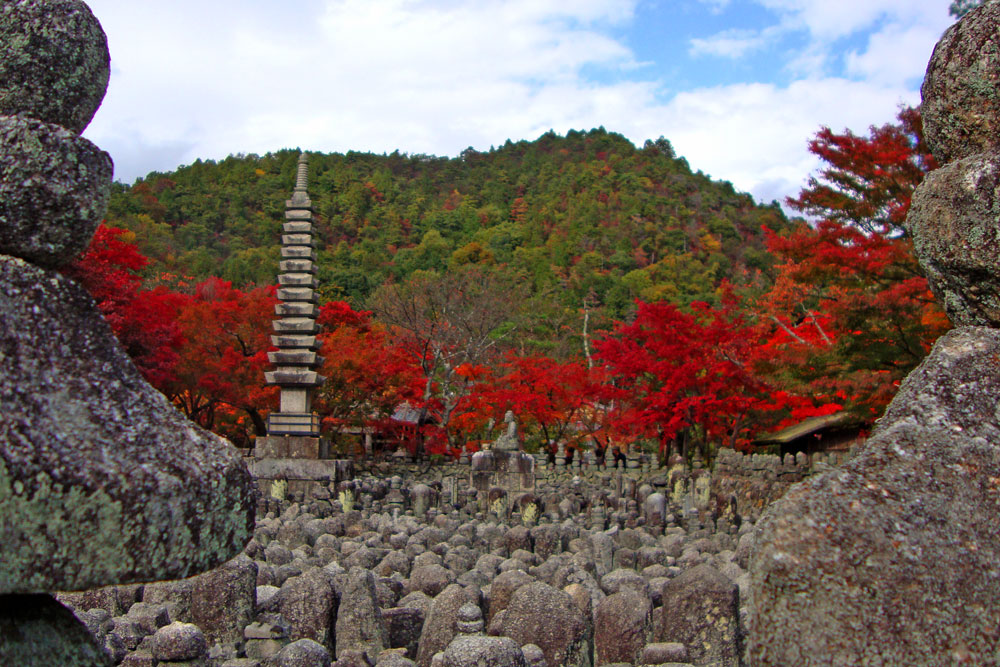
Adashino Nenbutsuji (化野念仏寺) is a Buddhist temple which is believed to be founded in early 9th century by the famous monk, Kukai. The temple is home to around 8,000 stone statues to memorialize the souls of dead, which create very special and mysterious atmosphere like no other temples in Kyoto.
-Otagi Nenbutsuji Temple
Otagi Nenbutsuji (愛宕念仏寺) is located in the outskirts of Arashiyama area, only 10 mins walk north of Adashino Nenbutsuji Temple. This temple is also famous for having numerous stone statues called “rakan” which represent the disciple of Buddha and each statue has a different facial expression.
More info ▶ Adashino Nenbutsuji and Otagi Nanbutsuji: Two Most Curious Temples in Kyoto
-Shoju-in Temple
Shojuin (正寿院) has become one of the most trending spots in Kyoto for the past years. Although it’s slightly distanced from the city center, Shojuin Temple attracts a large number of visitors especially young tourists and Instagrammers by its cute and colourful ceiling and photo-worthy heart shaped window.
More info ▶ Shoujuin: Most Instagrammable Temple in Kyoto
-Byodo-in Temple
Byodo-in (平等院) is a Buddhist temple located in Uji City in Kyoto Prefecture. It was originally built in late Heian Period, and was designated as a UNESCO World Heritage as one of the Historic Monuments of Ancient Kyoto in 1994. The famous phoenix hall of the temple is printed on the back of Japanese 10 yen coin.
More info ▶ Byodo-in: the Temple on 10 yen Coin
Thanks for reading! Which temples in Kyoto do you wanna visit ? Most of the listed temples can be visited through the year, yet some of them are recommended to visit in particular time of the year such as cherry blossom season and autumn foliage season.
If you are looking for the best spots to enjoy those seasonal scenery, I’d recommend you to check out these articles below, too
▶ Best Cherry Blossom Spots in Kyoto
▶ Best Autumn Leaves Spots in Kyoto
For more travel information in Kyoto, here are some more articles for you to check out!
▽Related Articles▽
▼Editor’s Picks▼
Written by
"The world is my oyster." As a dedicated globetrotter and hammock enthusiast, I’ve spent years chasing new experiences, collecting stories, and discovering the world’s most incredible destinations. Born and raised in Japan, I’ve always had a deep connection to my roots, but my love for adventure has led me to spend over a decade exploring countries across the globe—from culture-rich cities to remote hideaways.
Travel isn't just a hobby for me; it's a lifestyle. I'm constantly searching for new ways to fuel my wanderlust. Over the years, I’ve developed a wealth of knowledge and a treasure trove of tips that make traveling more enjoyable, practical, and meaningful.
Through my experiences, I've come to appreciate not only the beauty of travel but also the importance of understanding diverse cultures, embracing the unfamiliar, and stepping out of my comfort zone. My travels have shaped who I am today, and I’m excited to share those lessons with others.
With Japan Web Magazine, I aim to offer practical advice, insider tips, and firsthand stories that help travelers navigate their journeys to Japan or setting off on a global adventure. From hidden gems in Japan to travel hacks that make any trip smoother, I hope my insights inspire you to embark on your own adventures and make the most of every moment. Let’s explore the world together!
You can also find my stories here ▶ https://medium.com/@nahobm





